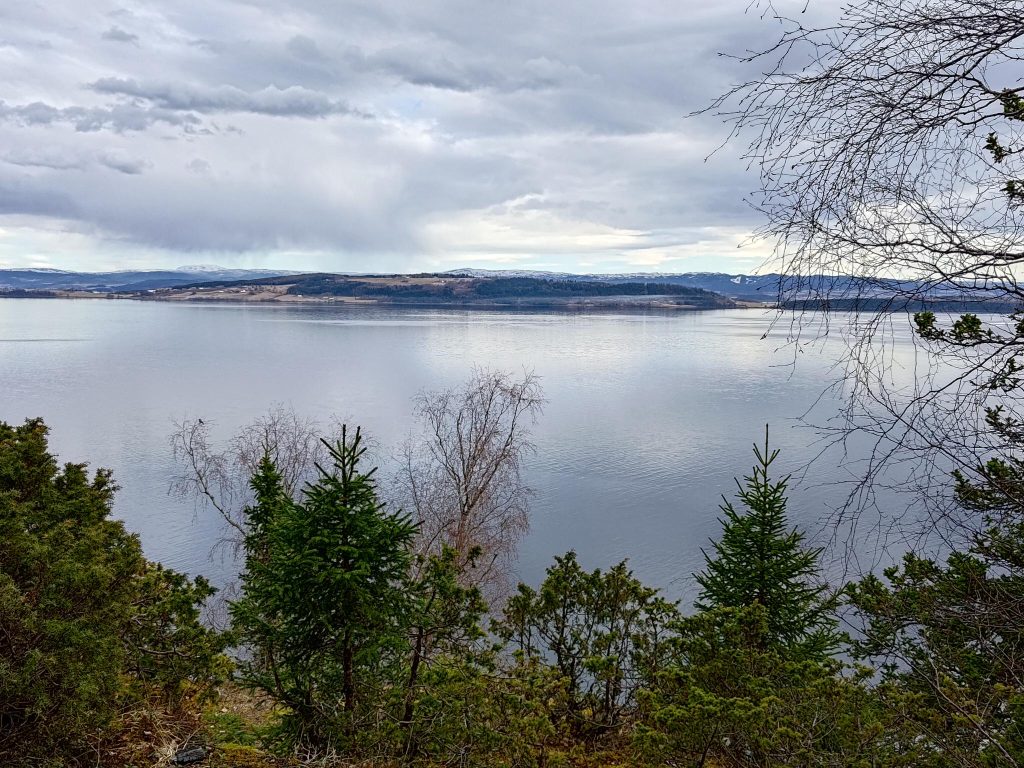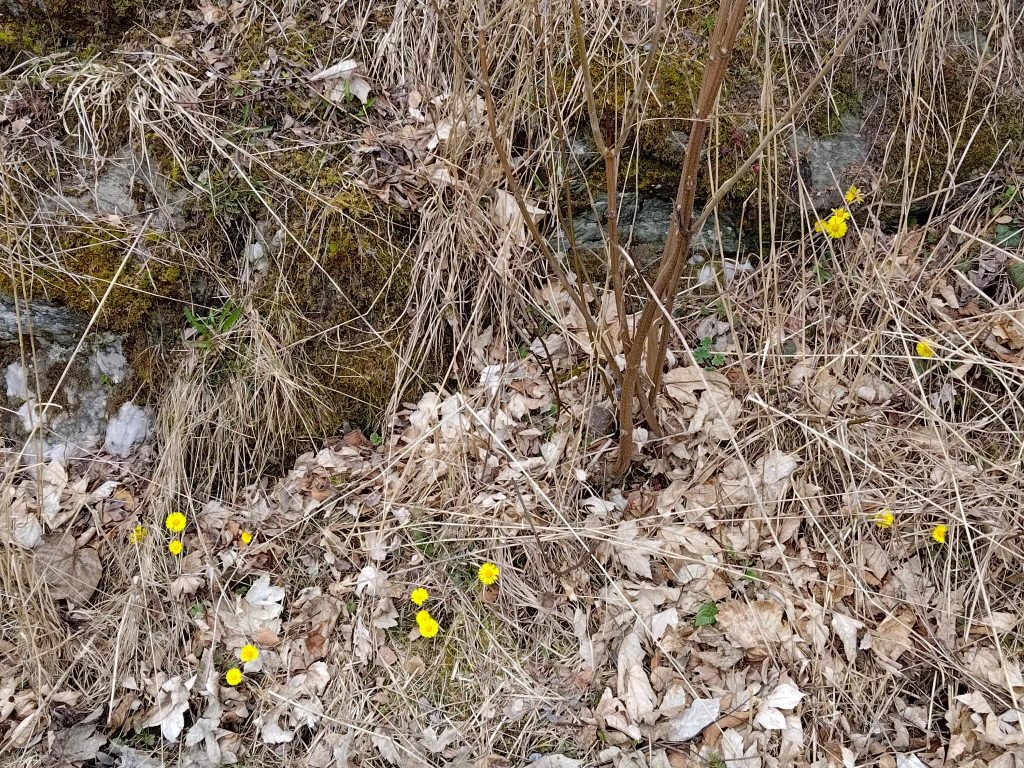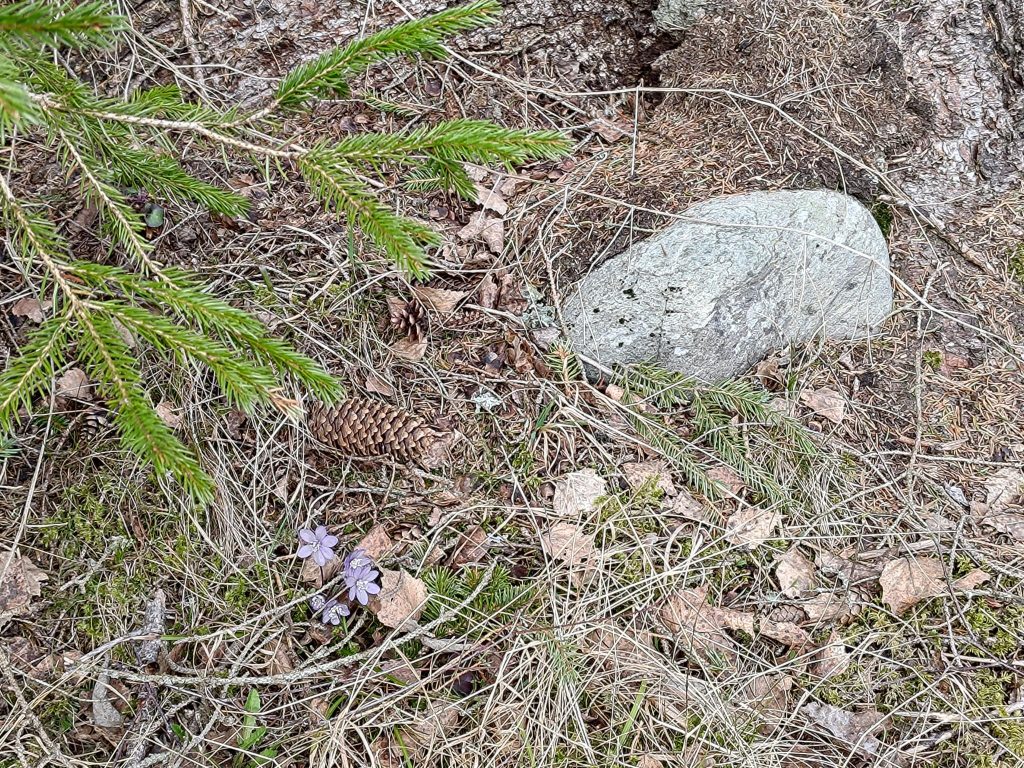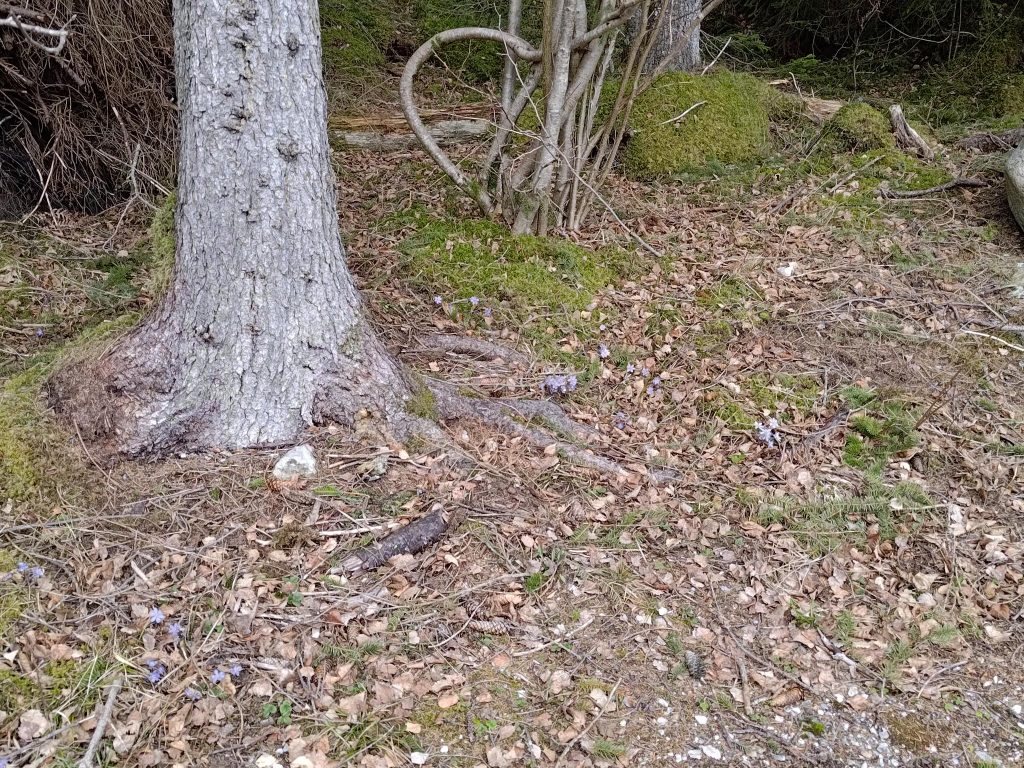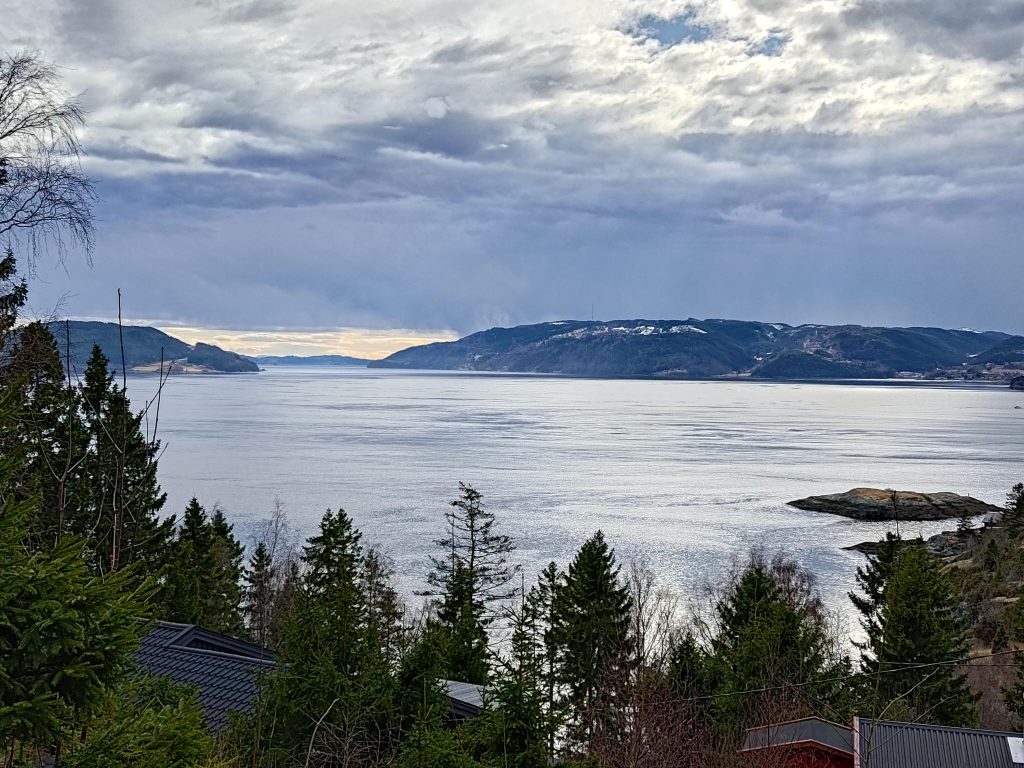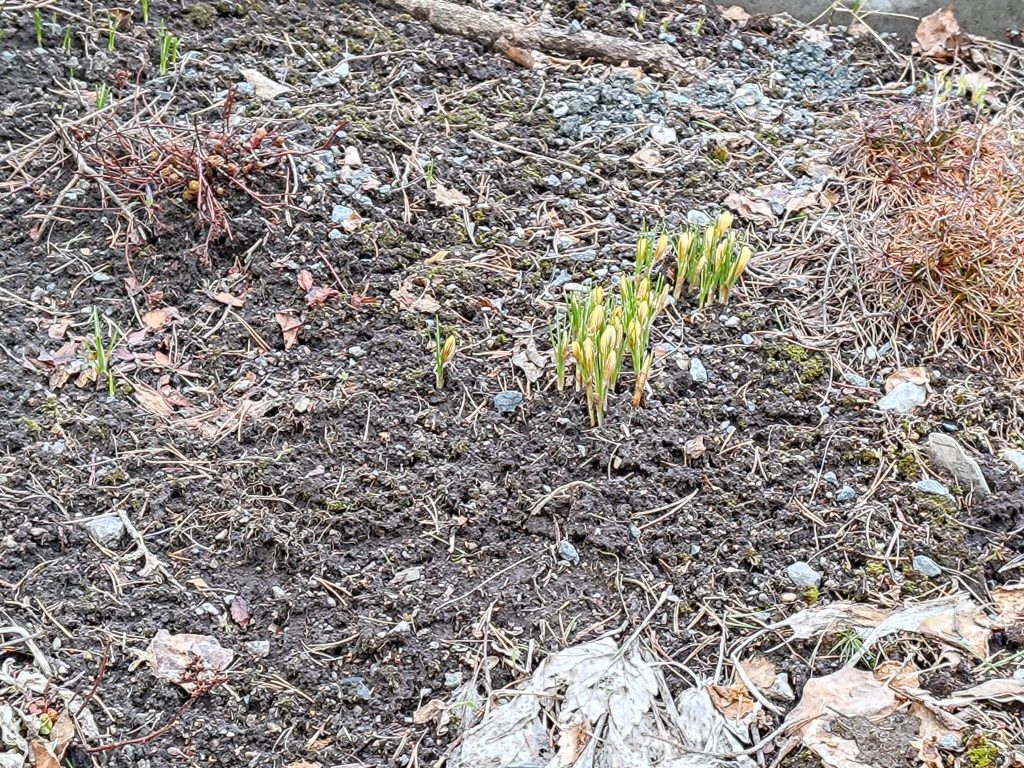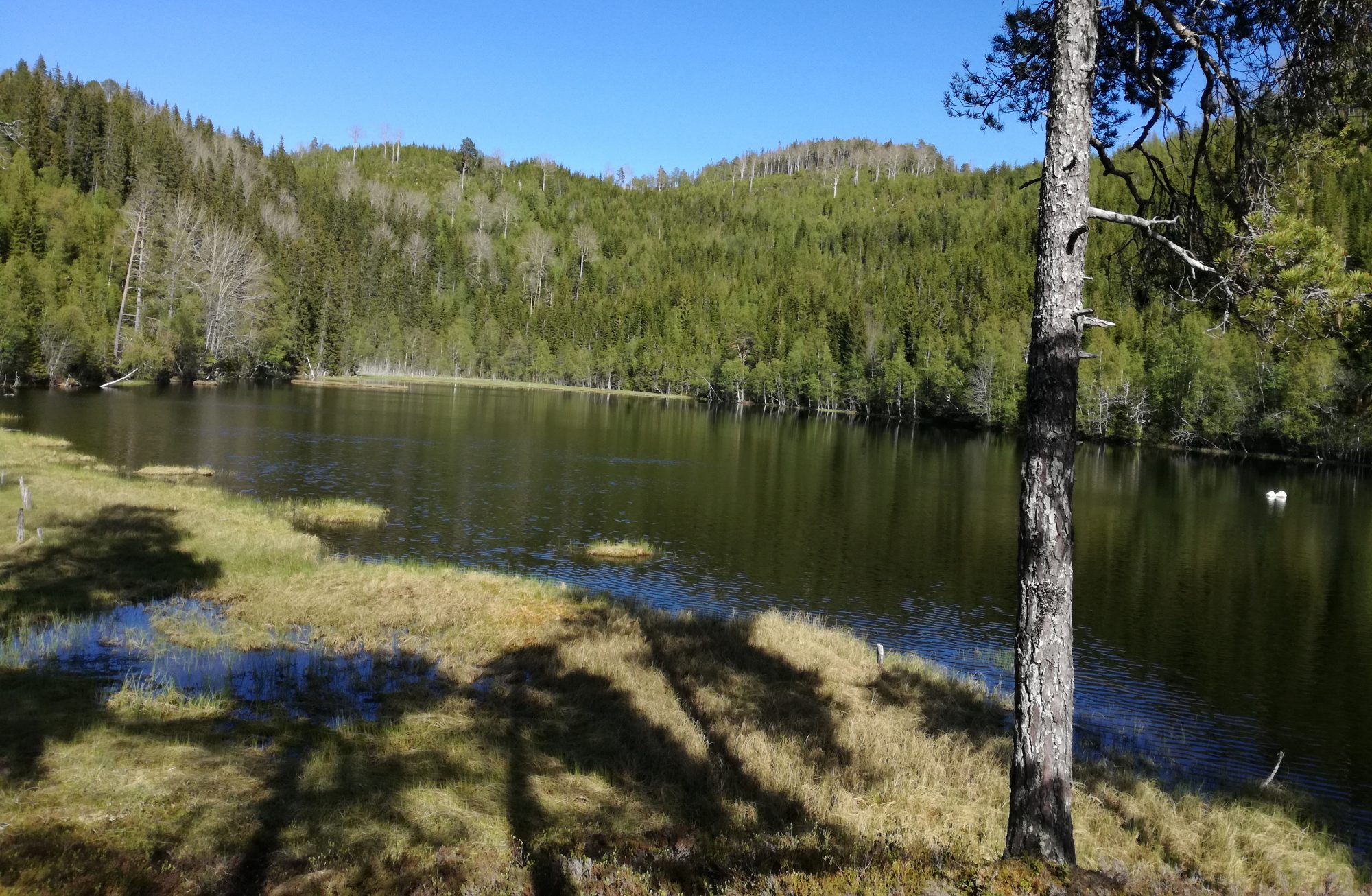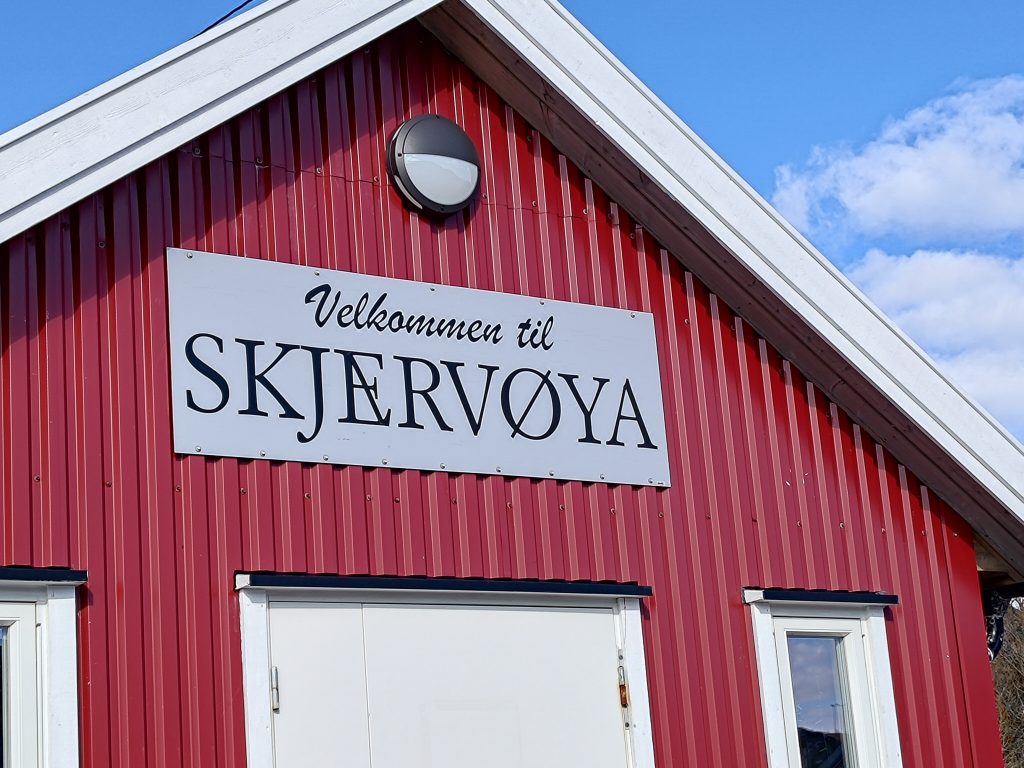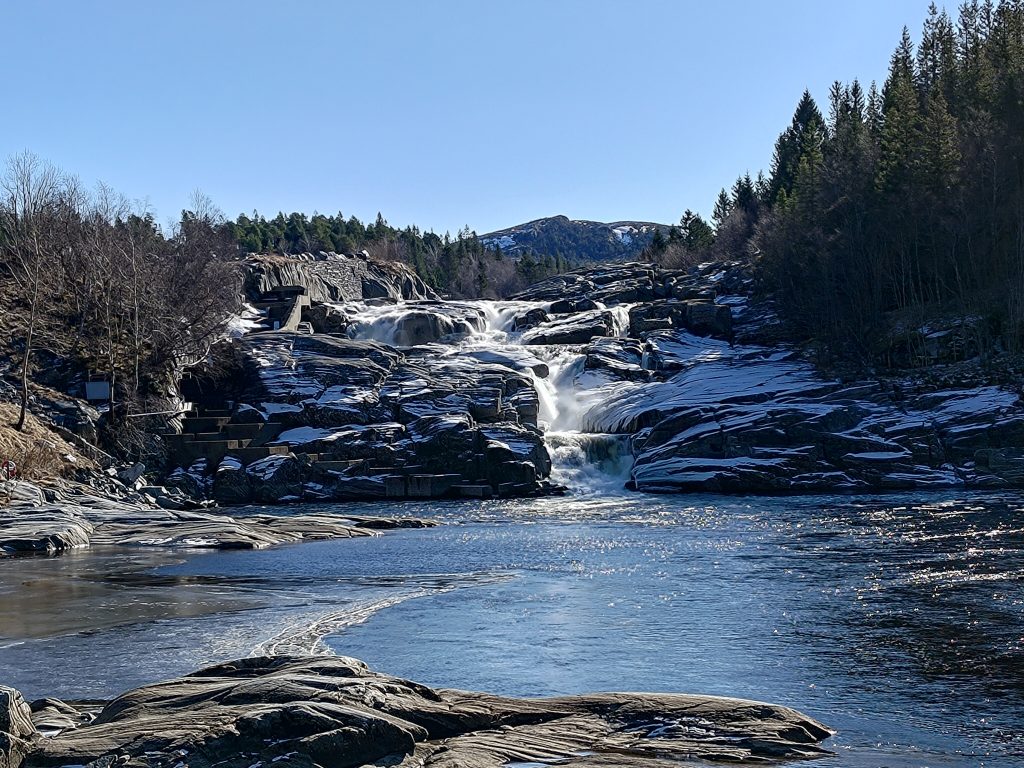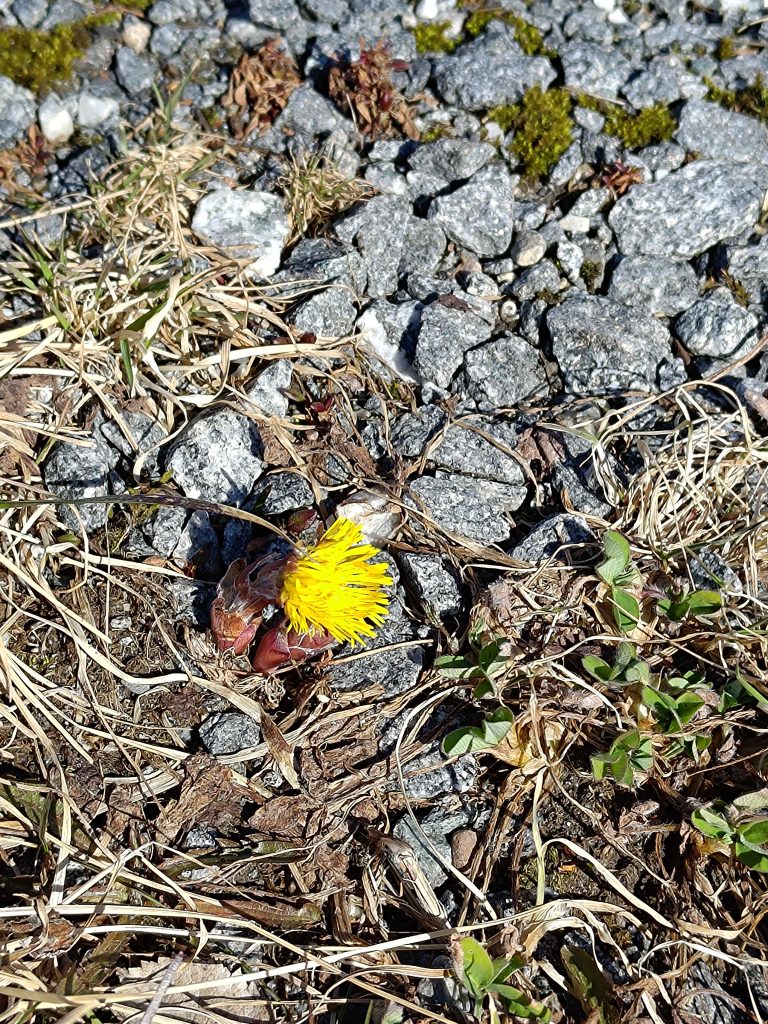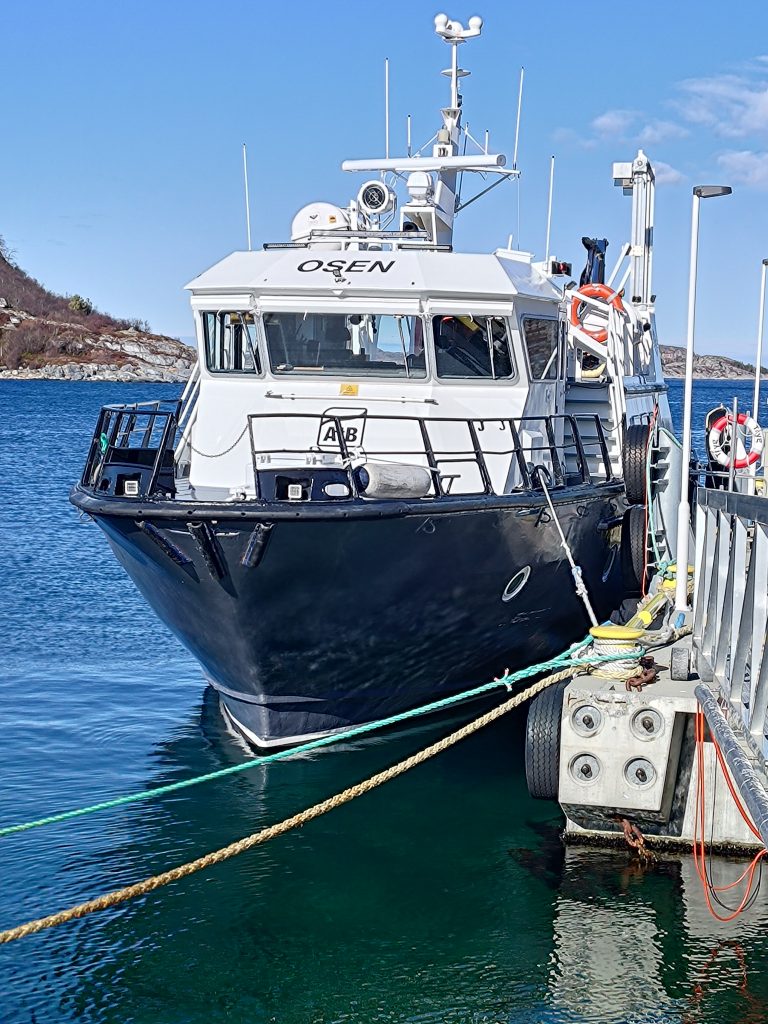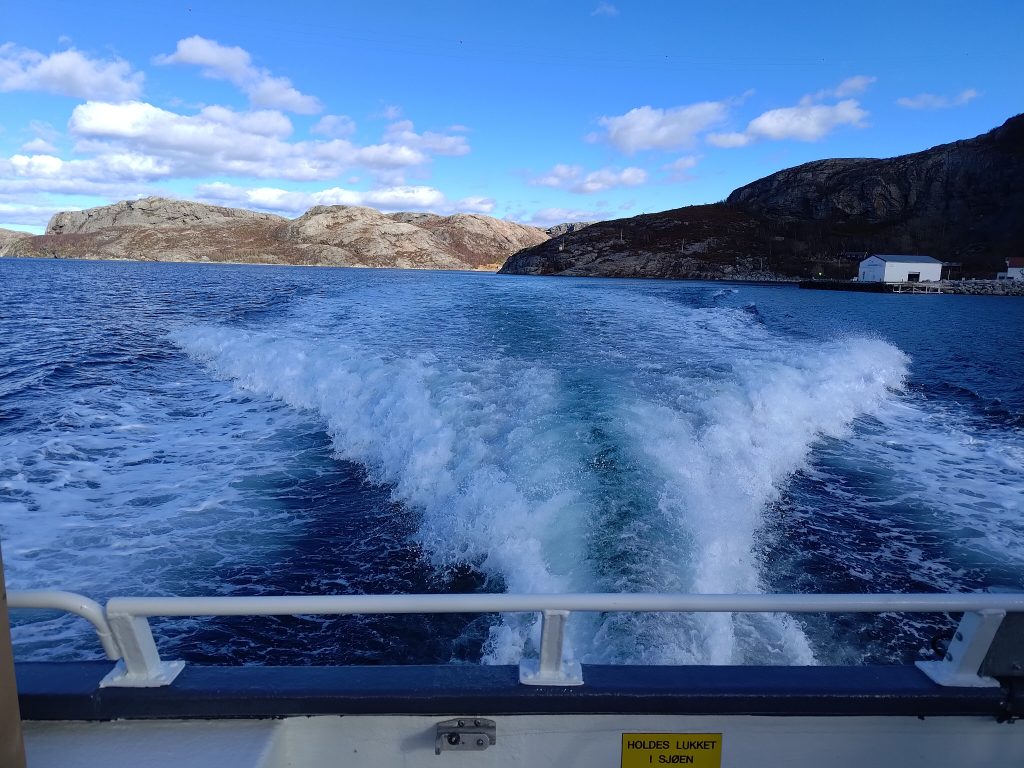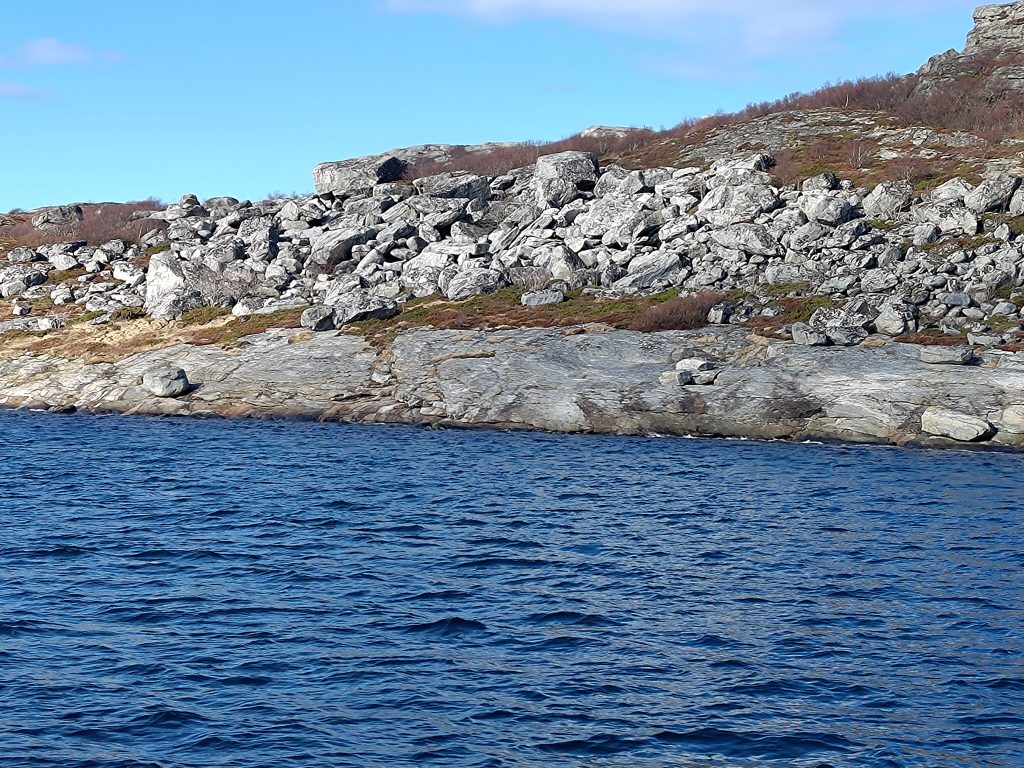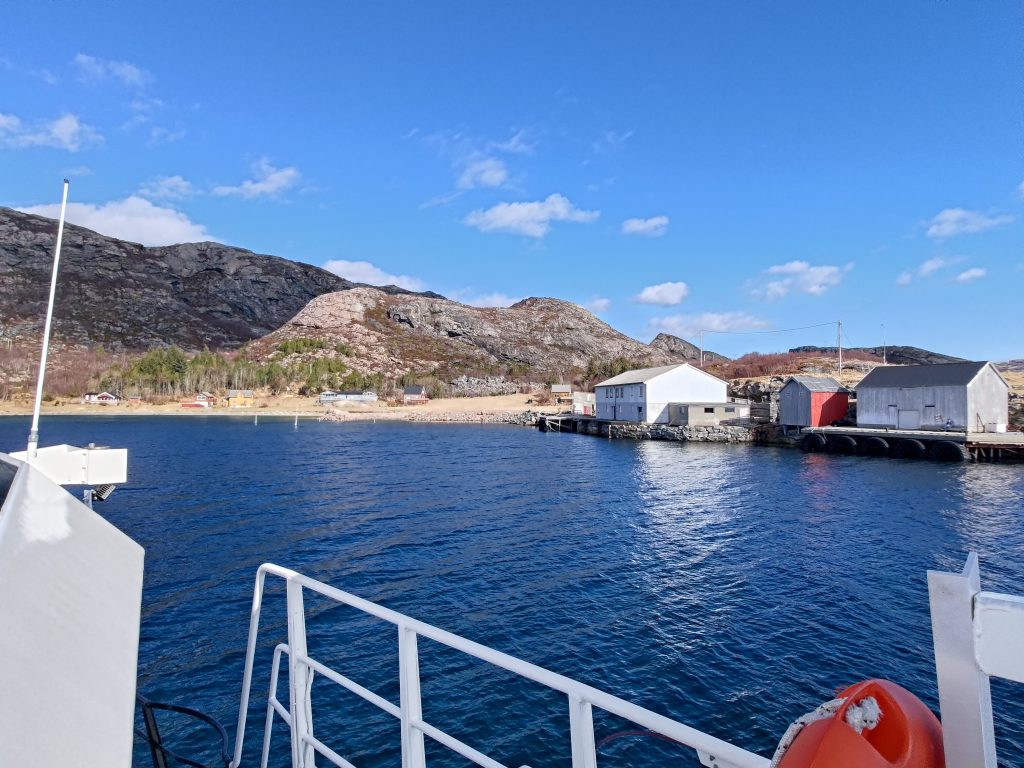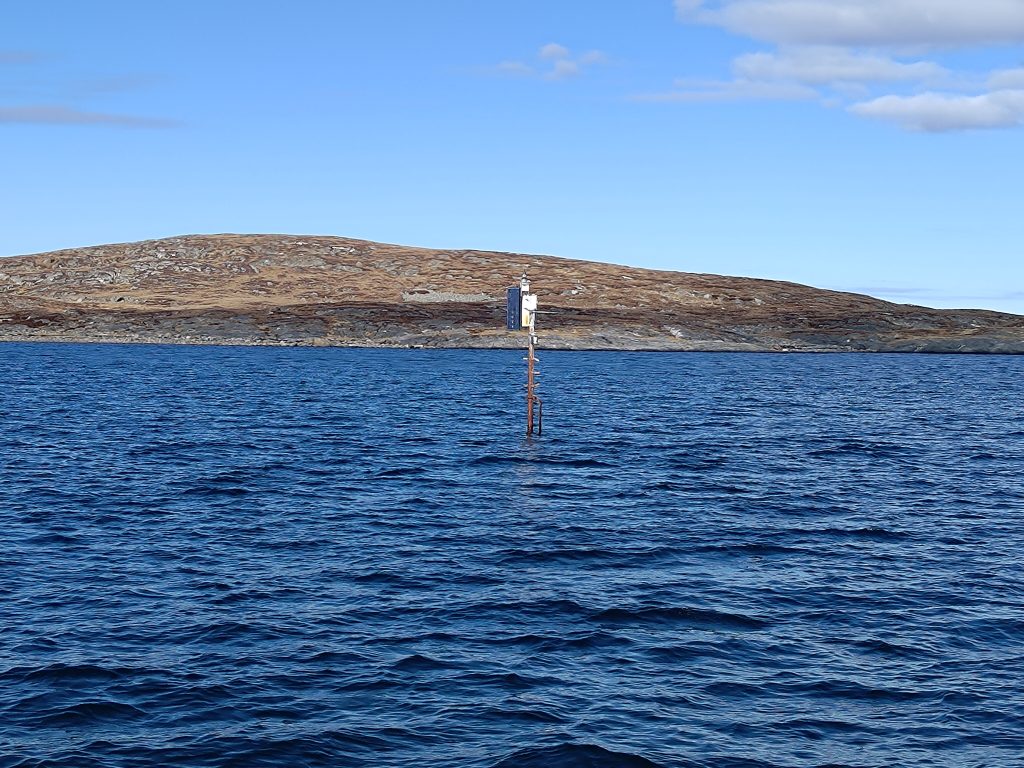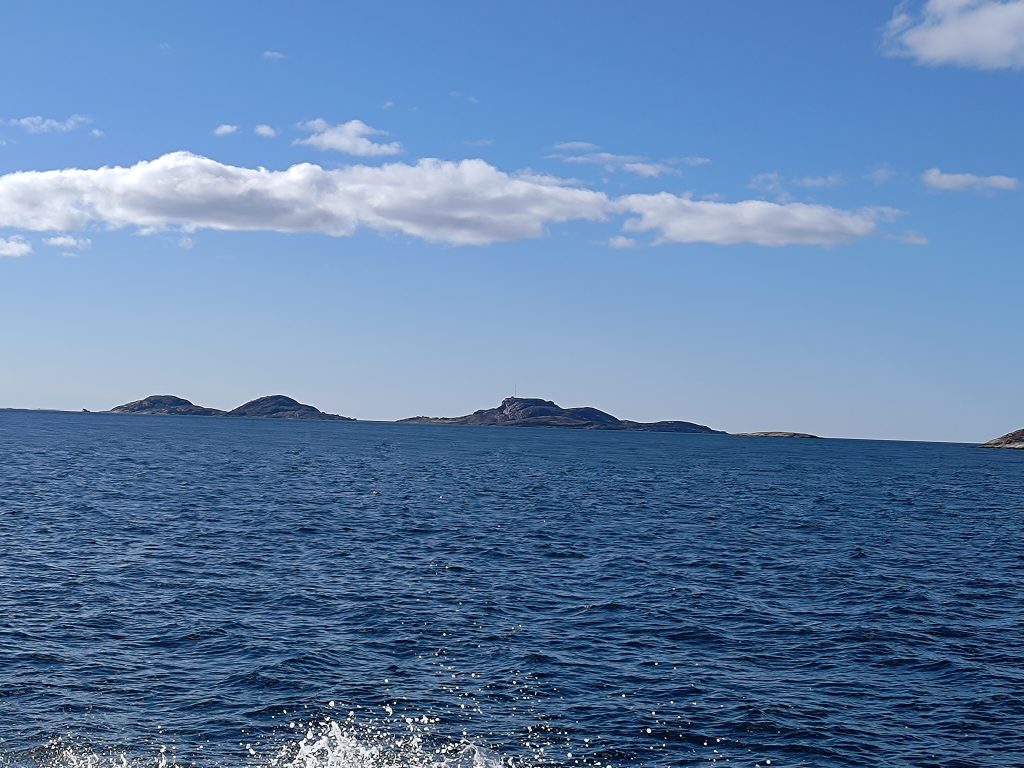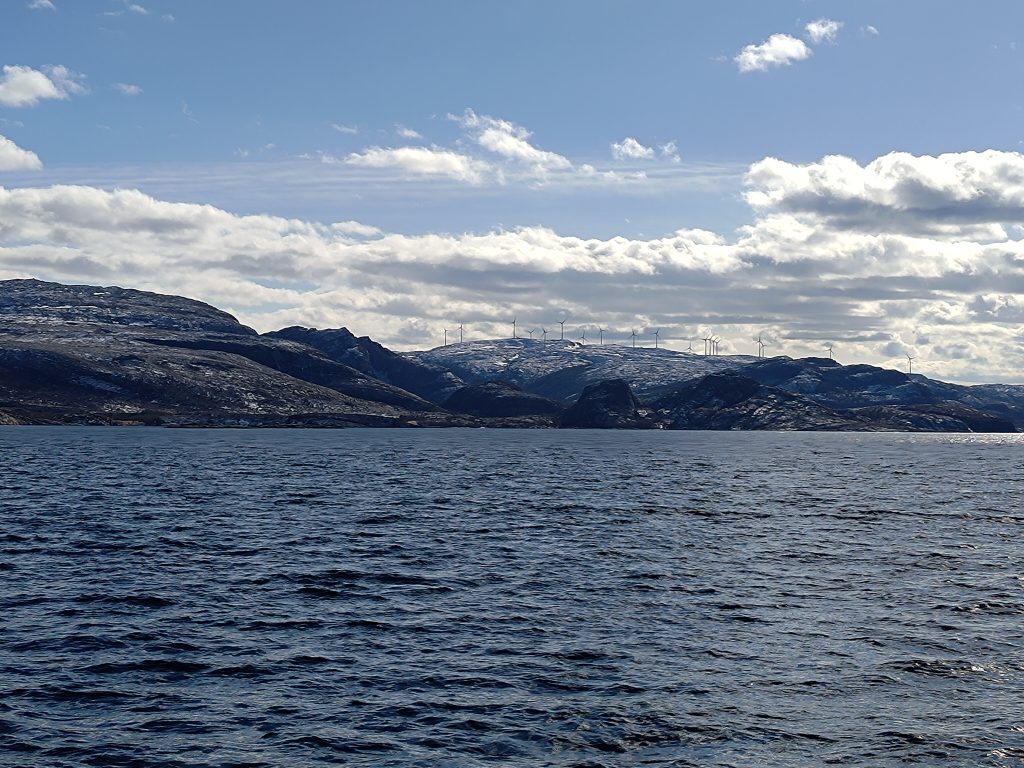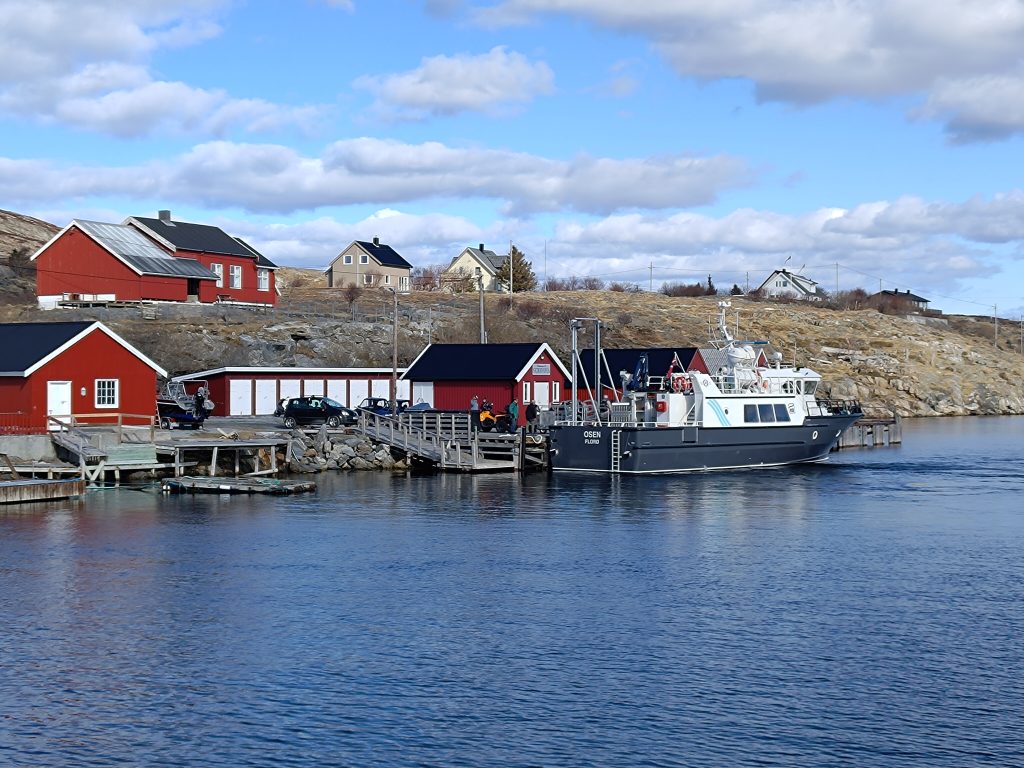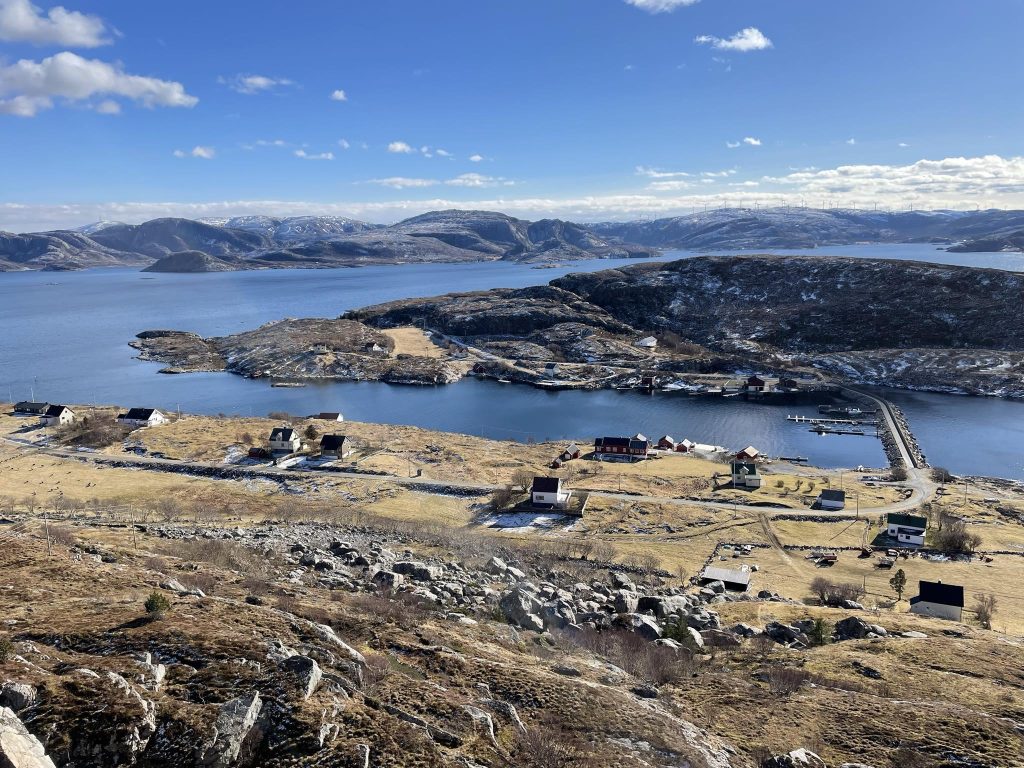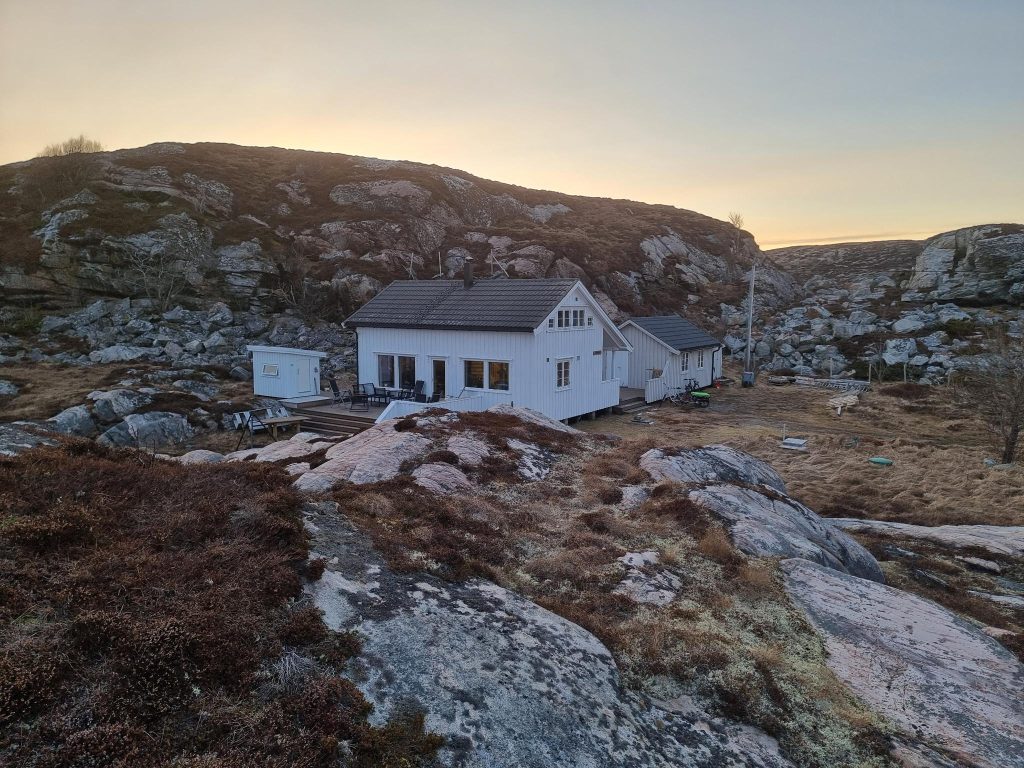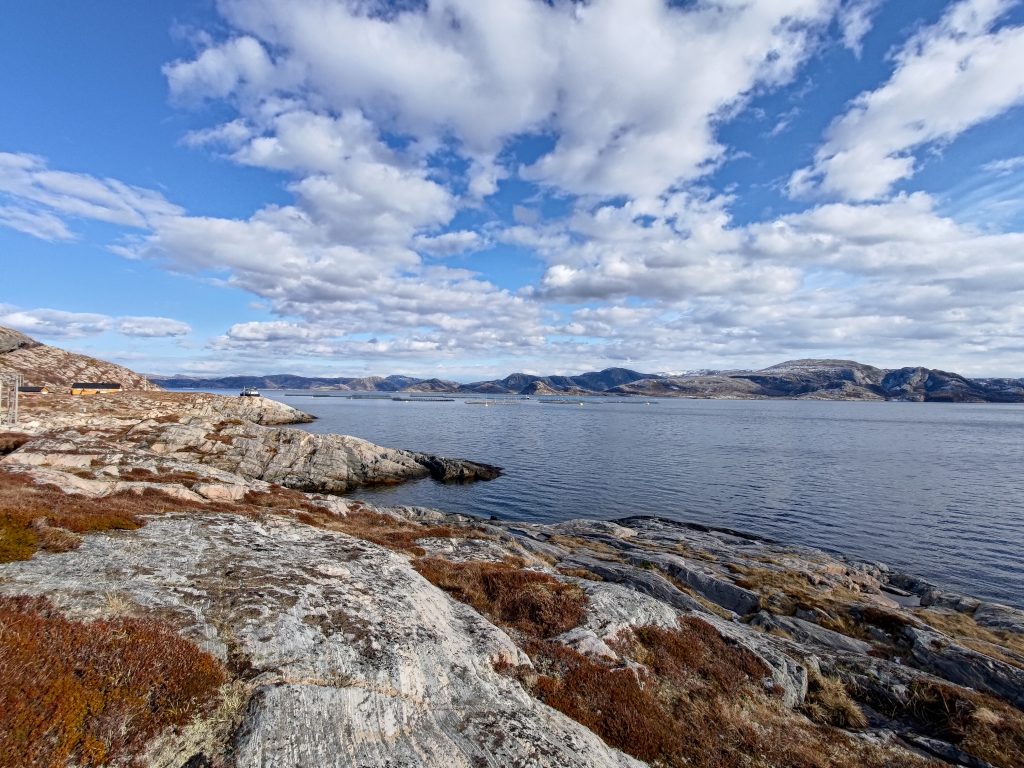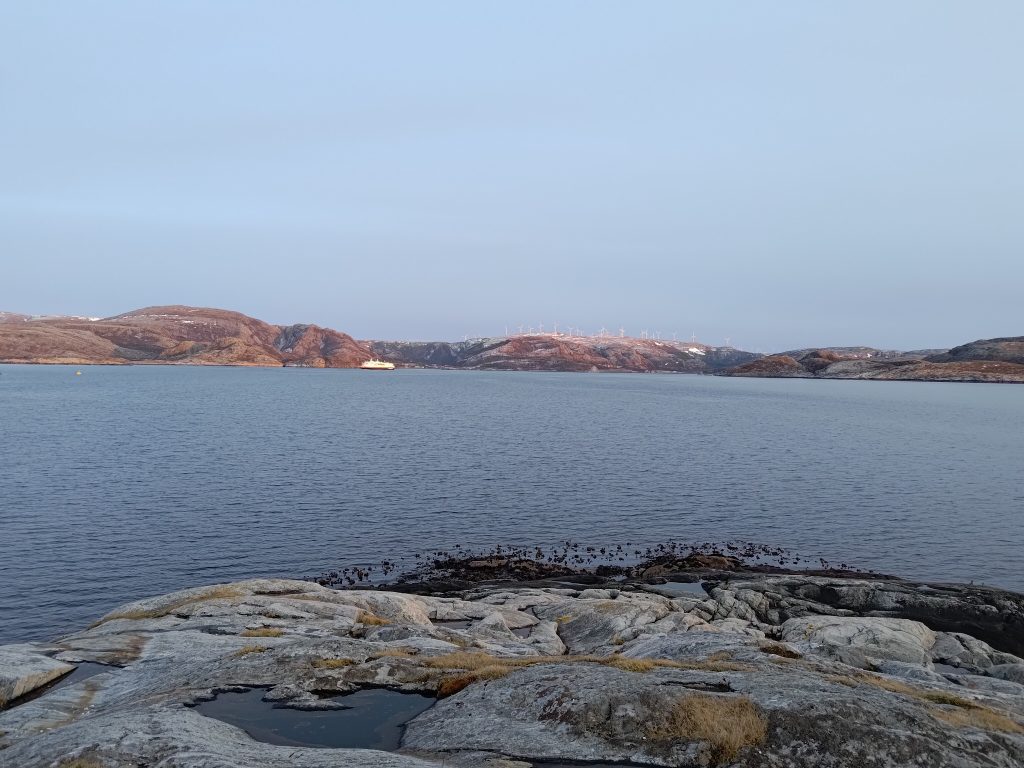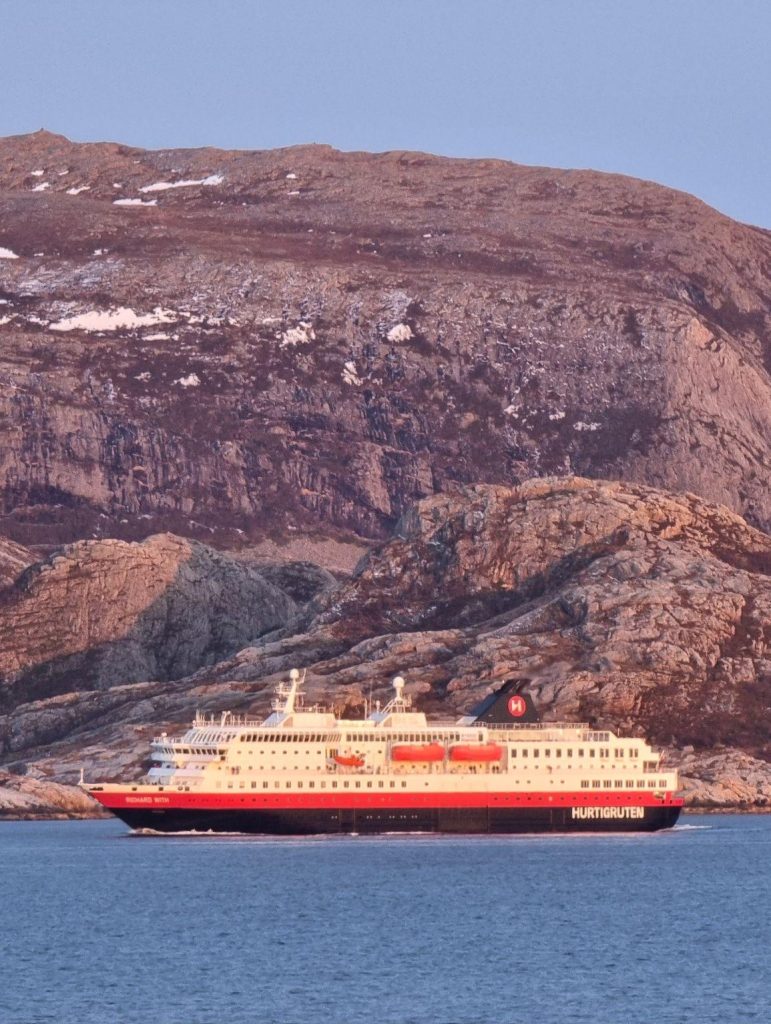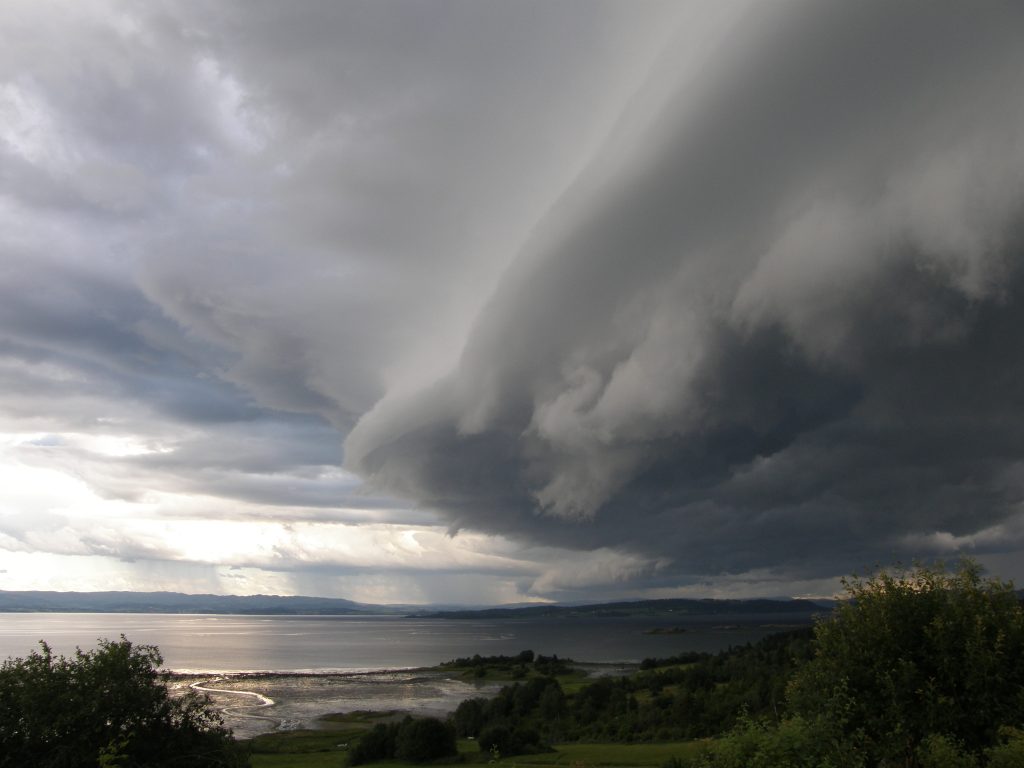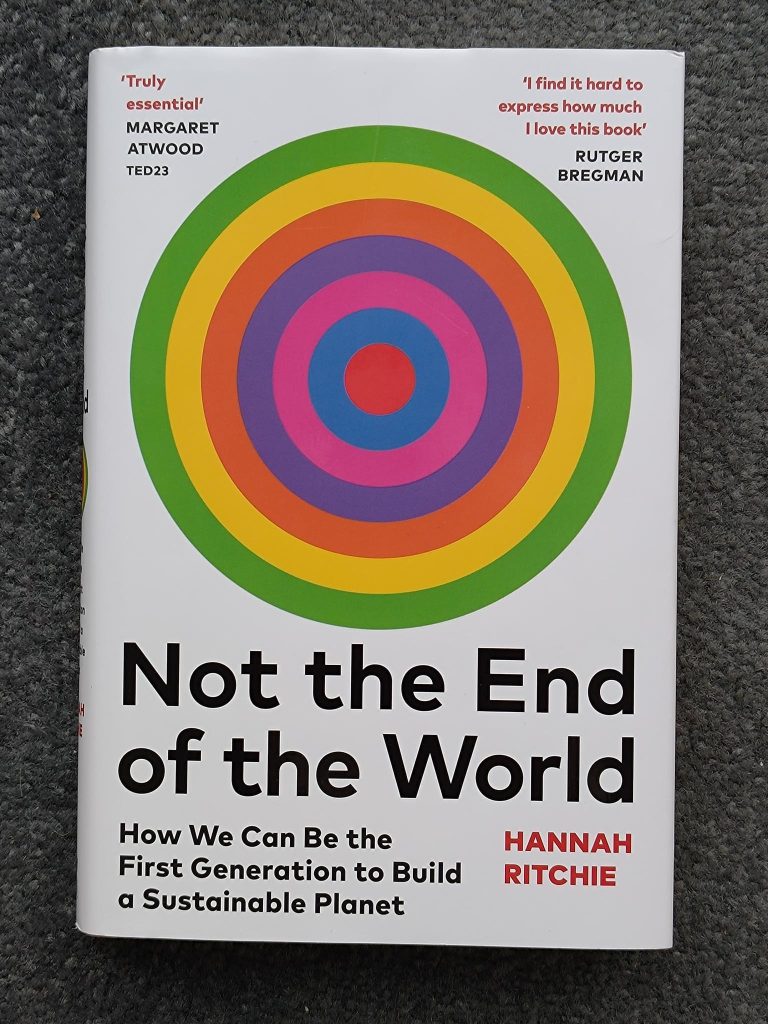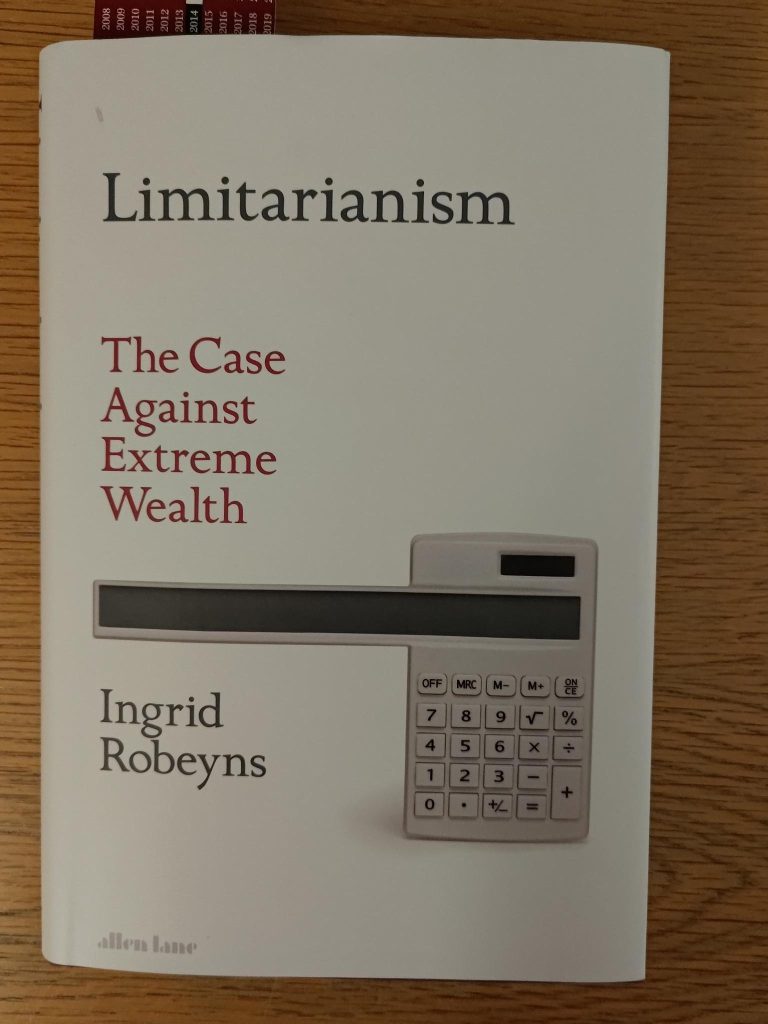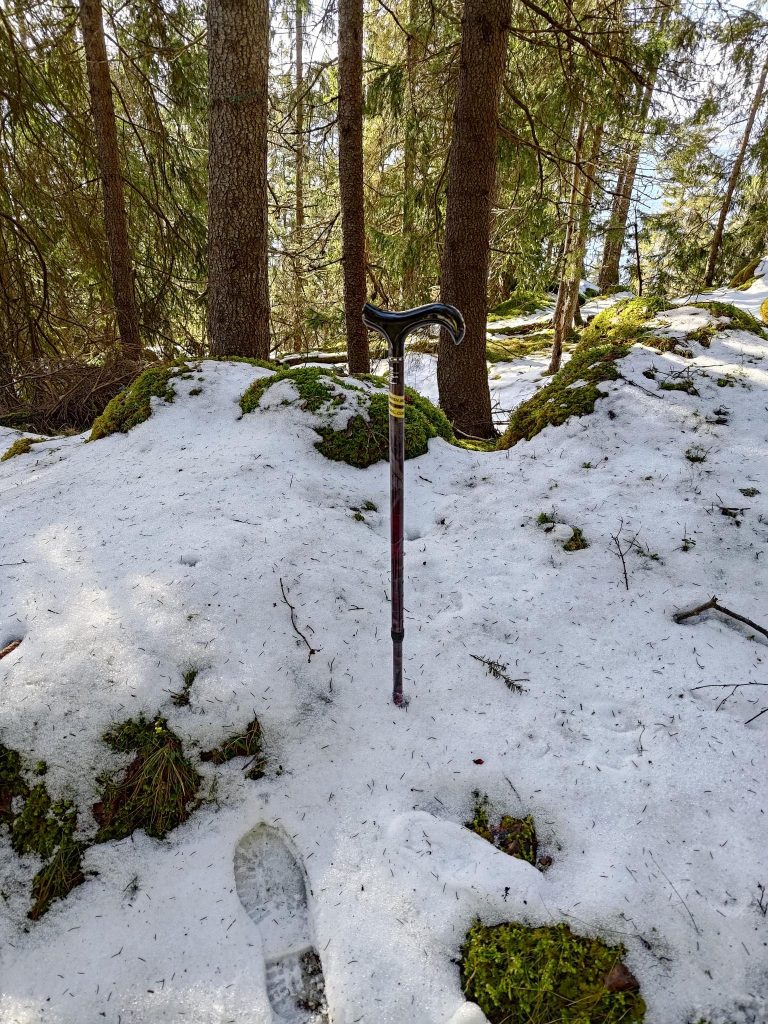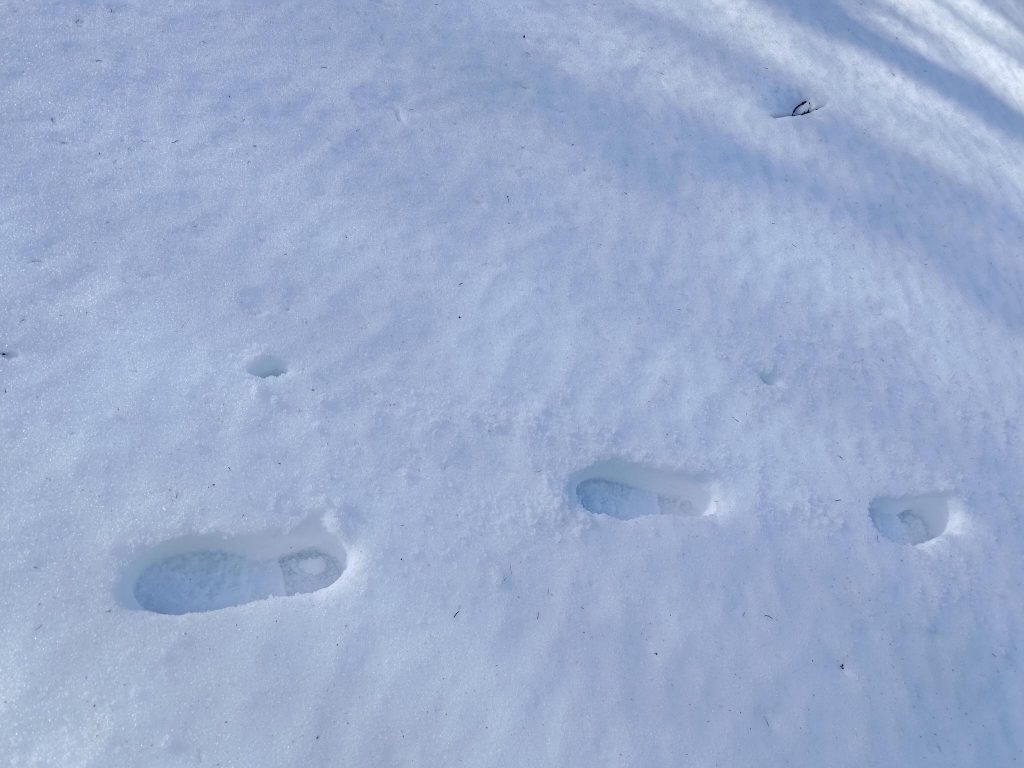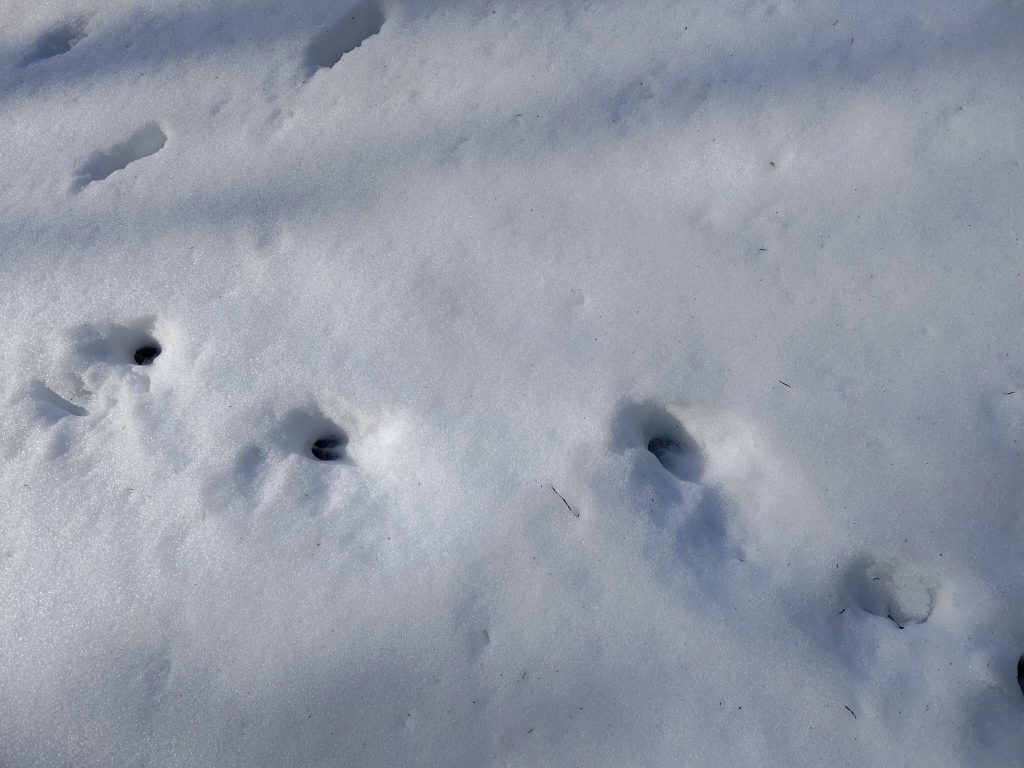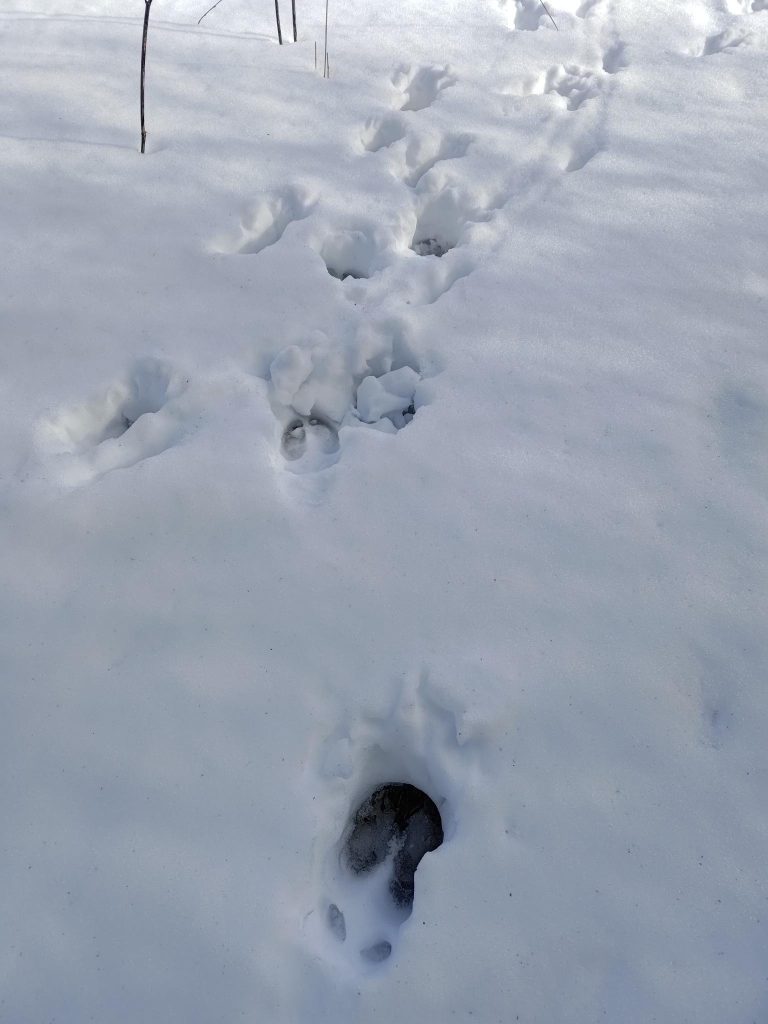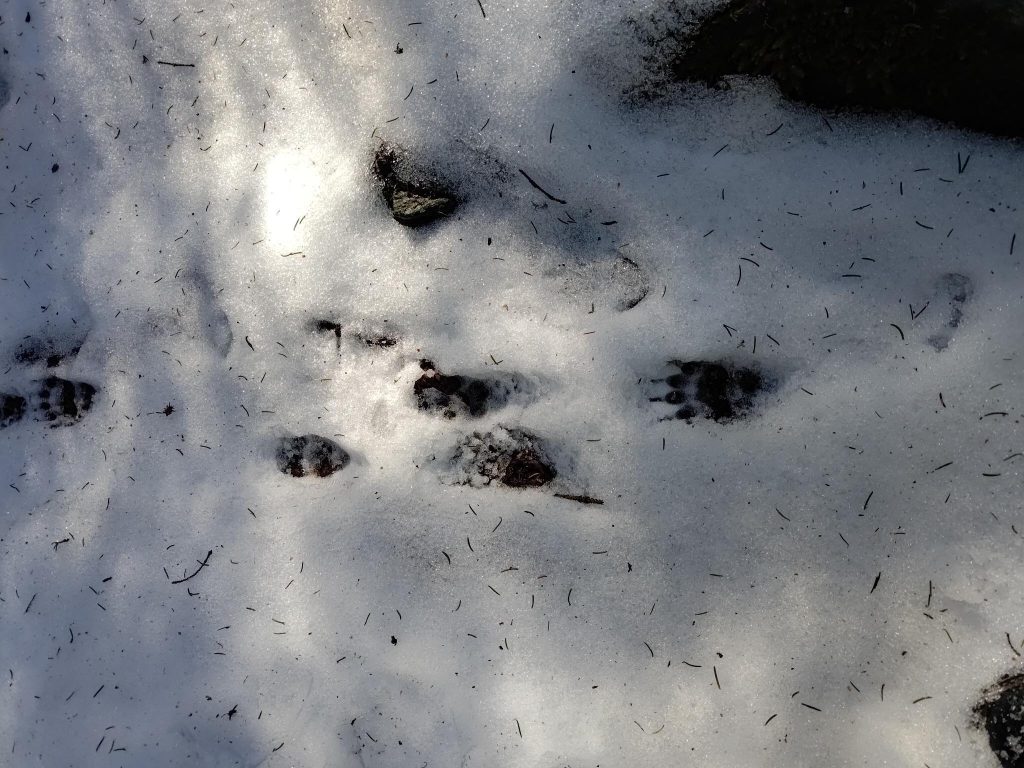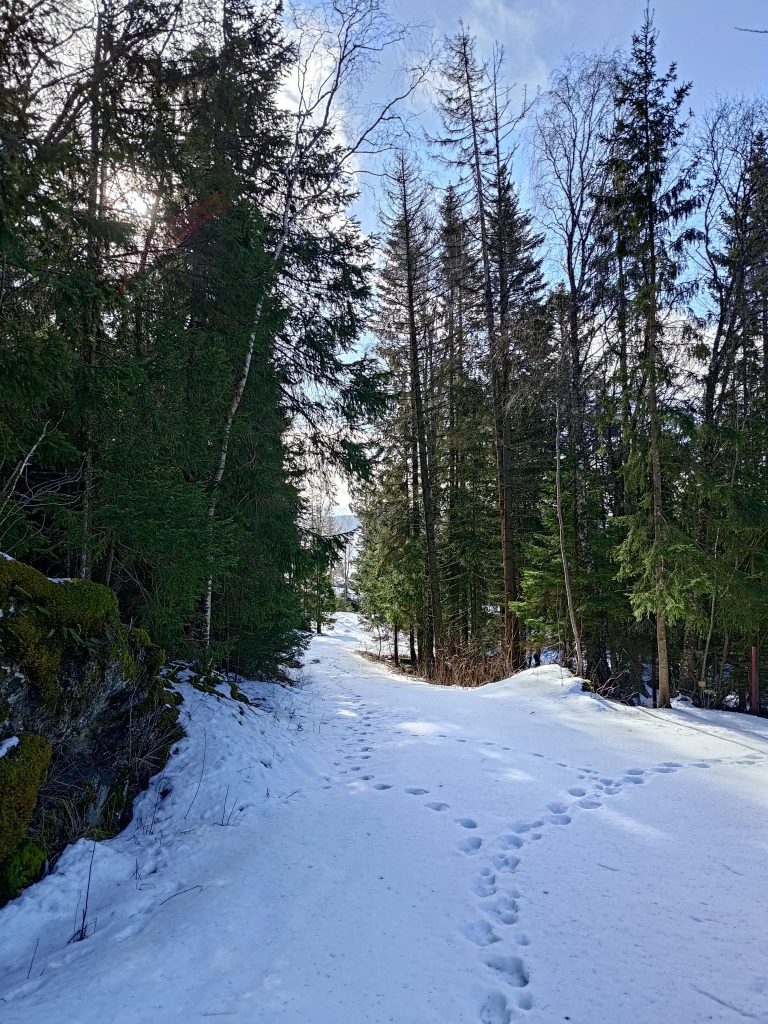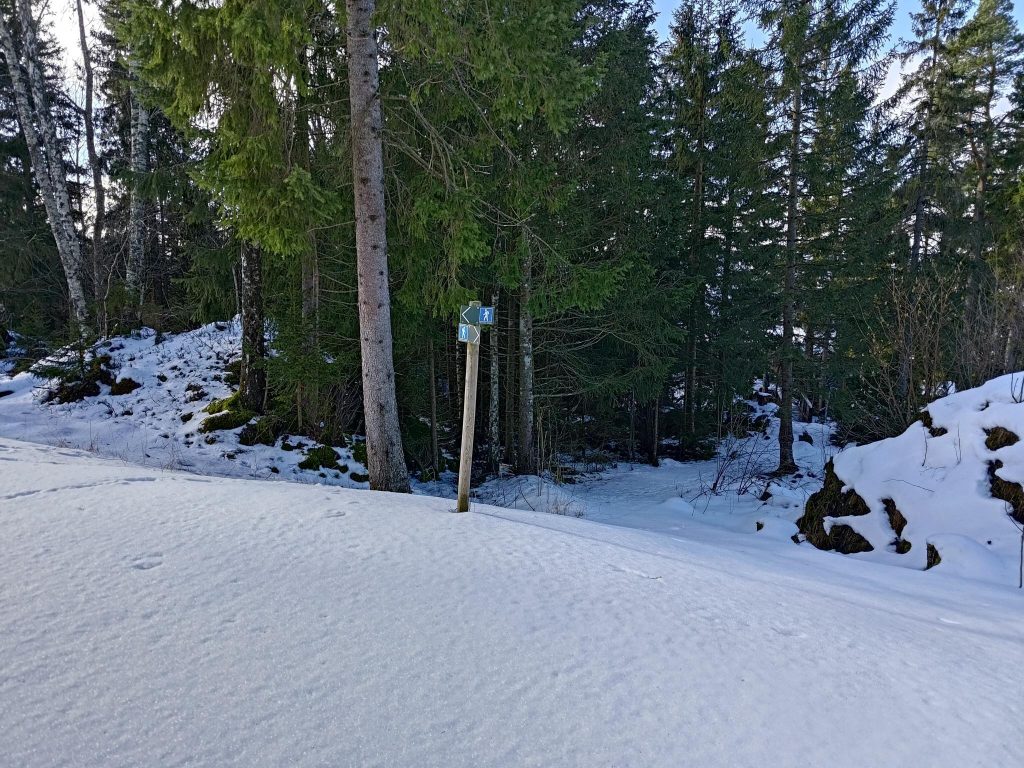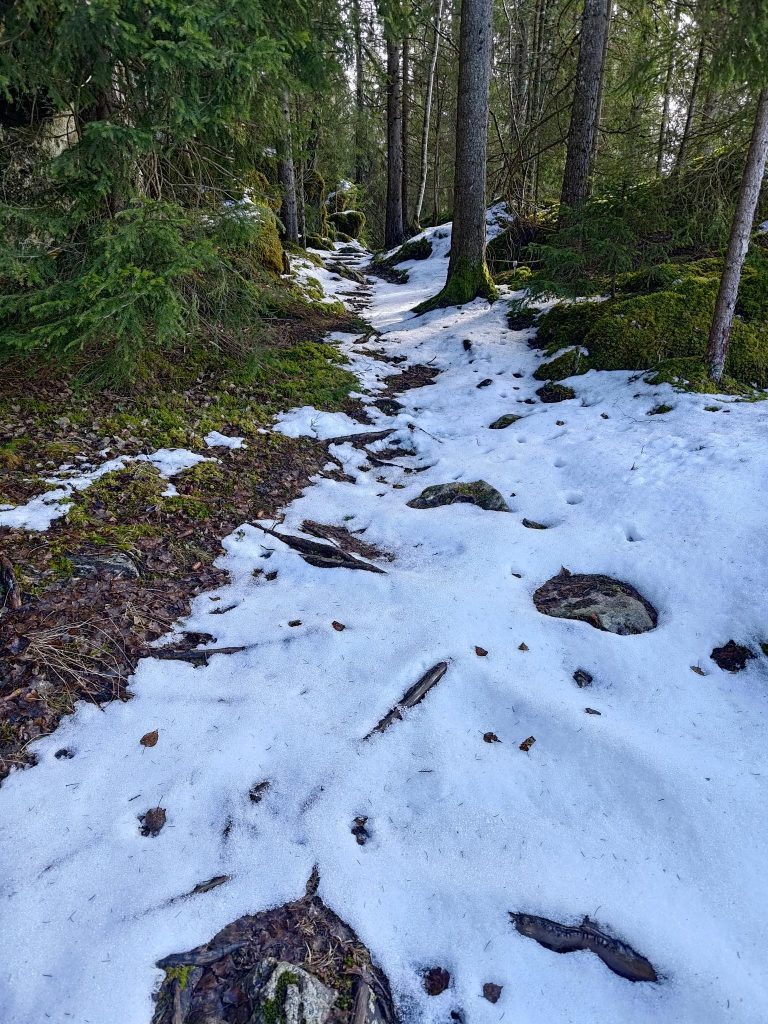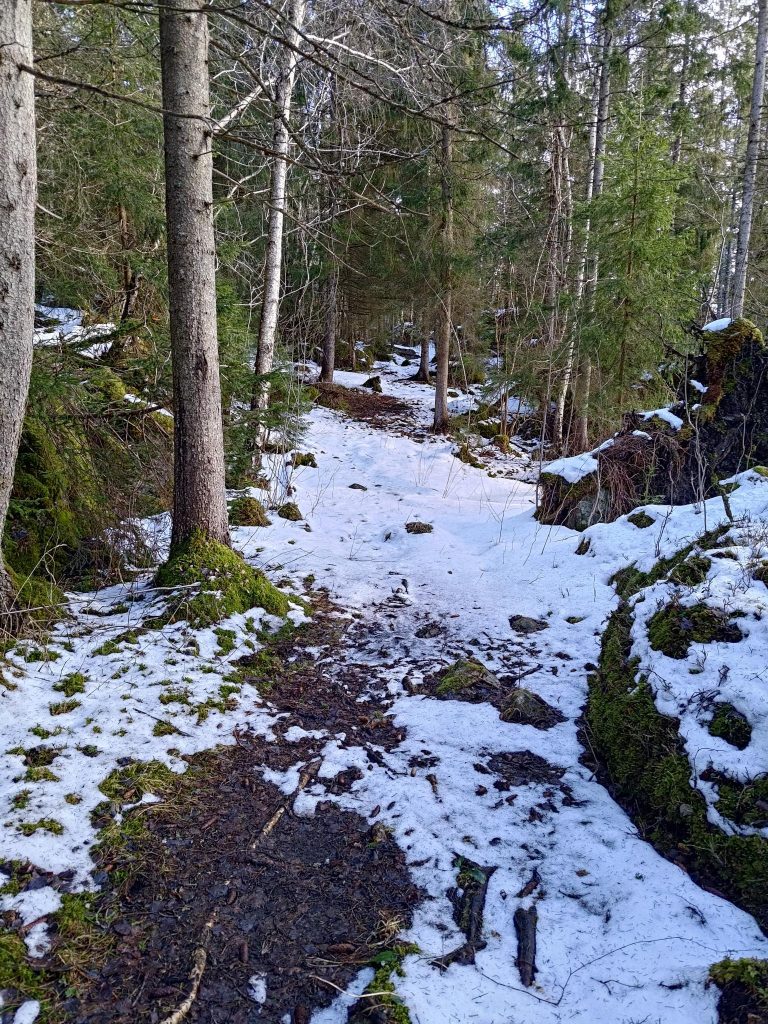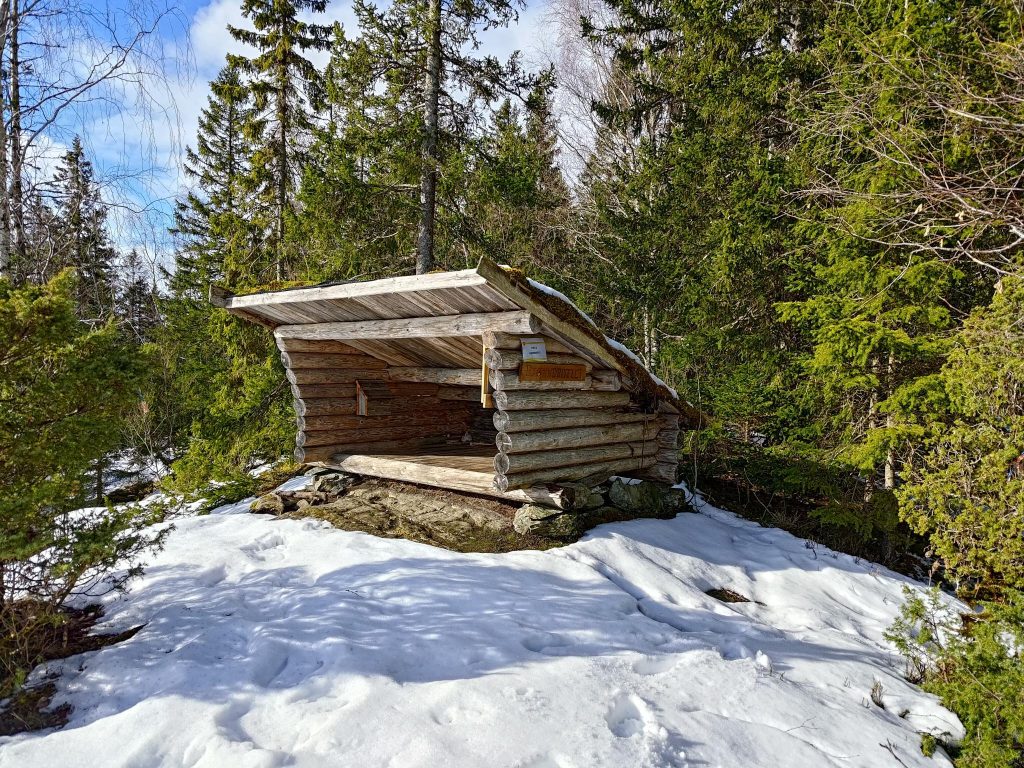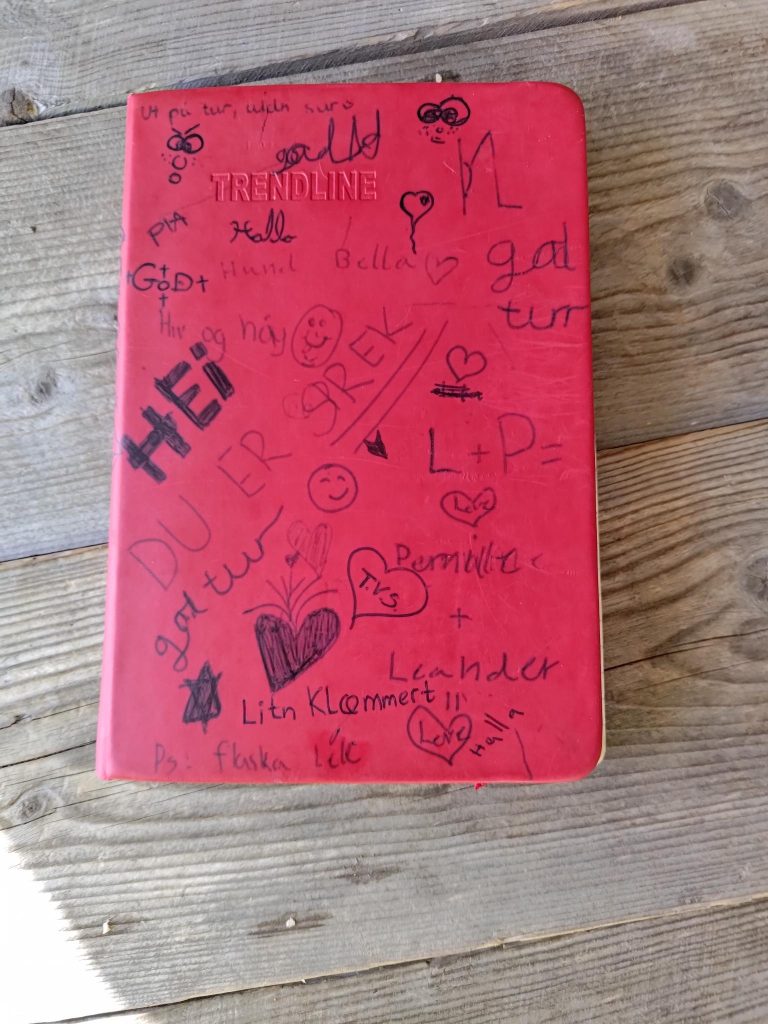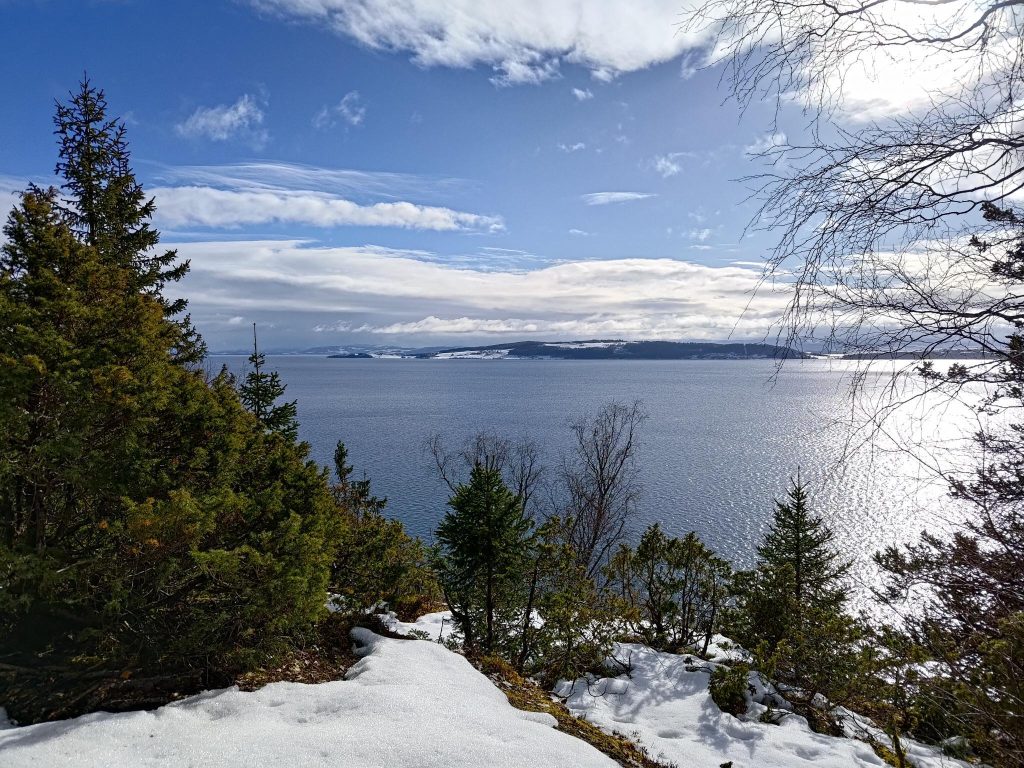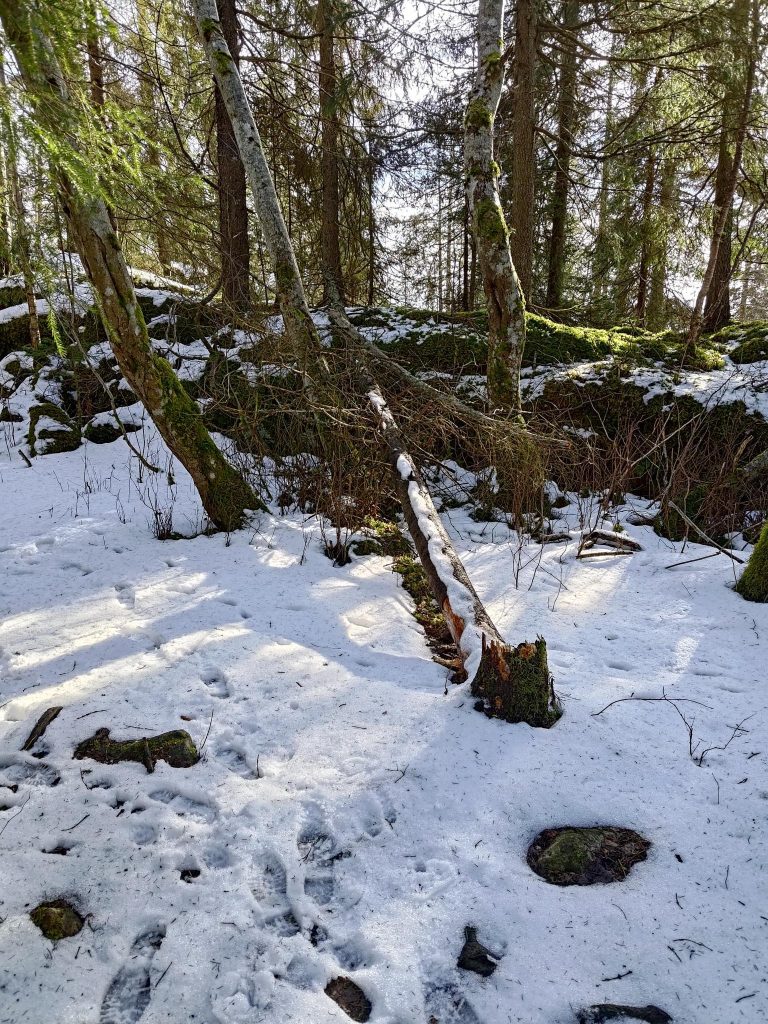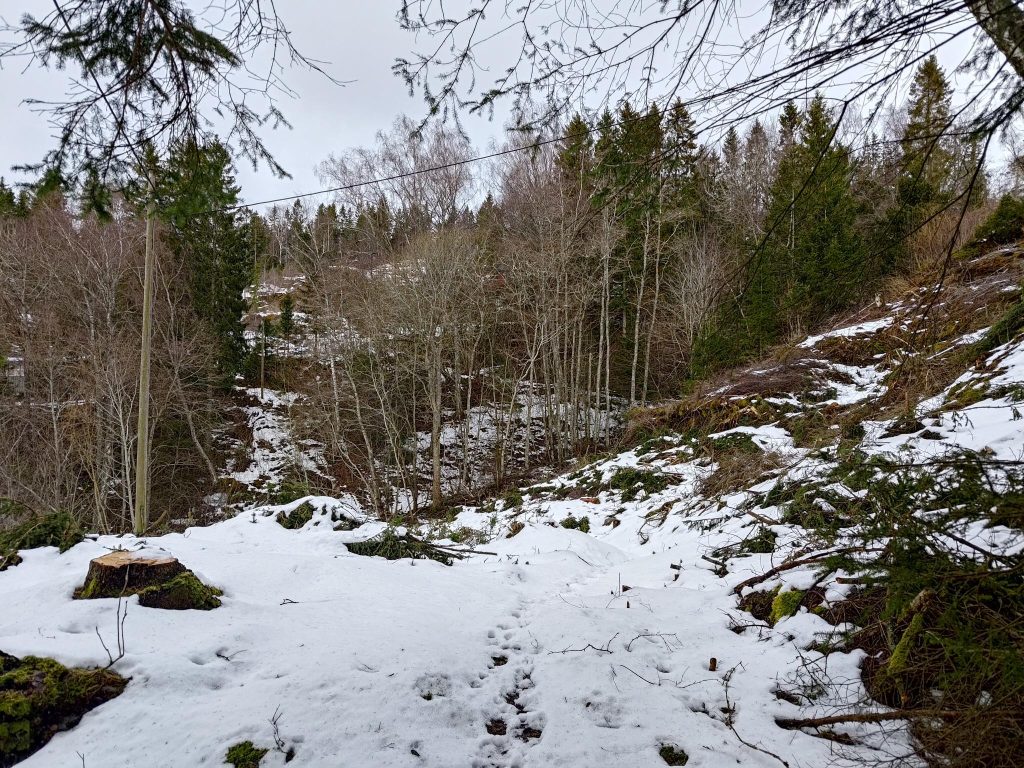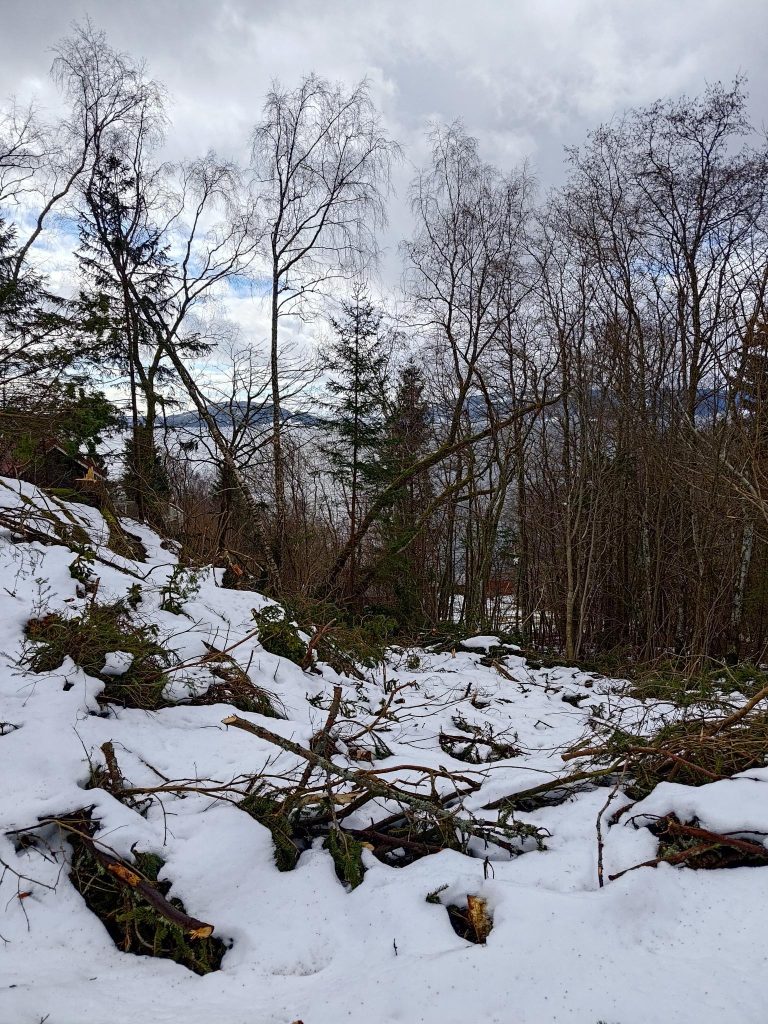Subtitle: “How We Can Be the First Generation to Build a Sustainable Planet”, published by Chatto & Windus, London, 2024
This is a newly published book and my husband read it first. He gave me all sorts of interesting information from the book as he was reading it, so I decided to read it myself. It has taking me a while to read it, as I find the author is a bit wordy, though interesting to read. Her message is that the problems that the world faces are not hopeless and that lots is going well with the world. Reading the media can be discouraging as they want to publish sensational stories, rather than the facts. But there is still lots going right and more to do.
The book is composed of an Introduction, 8 Chapters and a Conclusion.
Introduction
Hannah Ritchie is a relatively young person born in 1994 and she feels that she grew up in a media environment that tells “kids that they are going to die from climate change”. It might be a heat wave, a wildfire, a hurricane, a flood or mass starvation. This has created a great deal of anxiety. Young people are hesitant to have children. Many feel helpless, but the author wants to use this book to show that things are not as bad you might think. We haven’t solved all of the problems, but many things are better than they used to be.
She credits much of her change of mind to watching a television show with the Swede, Hans Rosling, showing how the world has gotten healthier and healthier. I wrote a bit about Hans Rosling in my blog, Gapminder, Hans Rosling was very concerned about how much of what we think we know about the world is actually wrong. With this new information, Hannah Ritchie changed the way she thinks about the state of the world and this book is a result of that change of thinking.
Hannah Ritchie is Head of Research at Our World in Data which is based at the University of Oxford, England. She feels that her job is to make use of what we already know, get that information out to the public and help people realize that things are not as bad as we might think. The world needs optimism in order to work with the problems that are facing us today. To do this, we need to know what is going right and what we need to work on next. She feels that “we can be the first generation to achieve a sustainable world”.
She has 6 things she would like us to keep in mind:
- 1 We face big and important environmental challenges
- 2 The fact that our environmental issues aren’t humanity’s largest existential risk doesn’t mean we shouldn’t work on them
- 3 You will have to hold multiple thoughts at the same time
- 4 Non of this is inevitable, but it is possible
- 5 We cannot afford to be complacent
- 6 You are not alone in this.
Hannah Ritchie is very concerned about “how we got to now”, “where we are today”, what to do next and “things to stress less about”. Each chapter takes up one problem, and I’m going to give you a very brief summary of the main points of each chapter. If you want to know more, you’ll have to read the book yourself.
Chapter 1 Sustainability – A tale of two halves
First of all the author maintains that the world has never been sustainable, and then she goes on to define what sustainable means: “meeting the needs of the present without compromising the ability of future generations to meet their own needs”. The author believes that both halves of this definition ( the present … the future) have never been satisfied at the same time, except in very small groups of people.
About the present, she writes that “there is no better time to be alive than today,” and lists 7 things that have been greatly improved in recent years:
- child mortality is lower
- fewer mothers die in childbirth
- life expectancy has increased
- there is much less hunger and malnutrition
- access to clean water, energy and sanitation has improved
- more children get basic education
- extreme poverty has been reduced.
However when writing about future generations she writes that there are seven areas that we need to work on and these seven topics comprise the remaining chapters in the book.
- air pollution
- climate change
- deforestation
- food production
- biodiversity loss
- ocean plastics
- over-fishing.
Chapter 2 Air Pollution – Breathing clean air
Many places in the world still have very poor air quality and there are lots of historical examples of cities and industrial areas with air so polluted that it was difficult to breathe. Air pollution, in general, is caused by burning things, which generates small particles in the air. Over the centuries we have burned different things to provide heat, light and energy, but the main ones have been wood, coal, crops, oil or gas.
There are many examples of how air pollution has been tackled and the battle has been won. London’s air is much cleaner than it was a hundred years ago. Acid rain, which I remember as a big problem in Norway in the 1980s is no longer a major problem. In the 1970s there were holes in the ozone layer that was causing great concern, and there was international agreement to fix the problem.
Air pollution is falling in many places but there are still millions that die from air pollution every year. What do we need to get air pollution even lower?
- Give everyone access to clean cooking fuels
- End winter crop-burning
- Remove sulphur from fossil fuels
- Drive less; cycle, walk and take public transport
- Ditch fossil fuels for renewables and nuclear
Chapter 3 Climate Change – Turning down the thermostat
This is one topic that gets in the media regularly. Already average temperatures are rising everywhere, some places more than others. How much the temperature will rise depends on what we do, or don’t do. Most of the discussion revolves around how much carbon dioxide is in the air. Carbon dioxide emissions come primarily from two main sources: burning fossil fuels and changing the use of land, for example, cutting down trees.
The author writes that total emissions are still rising, but that emissions per person have already peaked. In other words, things are on the brink of getting better. Many countries have already reduced their emissions as well as growing their economies. There are alternatives available and they are getting cheaper. Committing to change is the first major step for any country. Work needs to be done on how we produce energy, how things and people are moved around the world, what we eat and how it is produced, reduction of food waste, and reduction of over-consumption.
In addition we need to pull people out of poverty so they are less vulnerable to the effects of climate change. We need to improve the resilience of our crops to drought, floods and a warming world. We need to adapt our living conditions to deal with sweltering heat.
Chapter 4 Deforestation – Seeing the wood for the trees
Deforestation is not a new problem. Humans have been cutting down trees for centuries. Today’s rich countries lost their forests a long time ago. In some places, the forest is being allowed to grow back, but in many places the forest is being removed to create agricultural land. So deforestation and how we produce our food are linked together.
The author writes again that eating less meat, especially beef, would be good for the environment. Raising animals for their meat is a big driver of deforestation and is an inefficient way of producing food for humans. Crop yields can be improved with better seeds and better fertilization habits.
Chapter 5 Food – How not to eat the planet
Though in the past there was always a struggle for most people to get enough food, now the world produces enough food to give everyone at least 5 000 calories a day. In recent decades a lot has been done to reduce hunger. Though hunger and famine still exist, they are political and social in nature.
The use of artificial fertilizers, improved seeds, better irrigation and machinery have increased crop yields on agricultural land. We are able to produce more food on less land. However, much of the food that is produced is used to feed livestock and to fuel cars. This is not sustainable. Eating meat is a very inefficient way of making tasty food. I learned this back in the 1970s, when I learned about how meat was raised, using food that humans could use for themselves. Since then I have reduced the amount of meat that I eat to perhaps once a week. I actually prefer eating vegetarian dishes.
The main problems that producing food creates is in how much land is used. As the amount of land increases for agriculture, we lose forests with their biodiversity; greenhouses gases are produced, particularly from raising animals; there is a great demand on fresh water; and there is an over-use of pesticides which leads to water pollution.
The author recommends that to have a sustainable world we should eat less meat, improve crop yields in all parts of the world and waste less food with better storage and refrigeration. She does not think that eating local food or organic food which has lower crop yields per hectare will help. Plastic packaging lowers total food waste and is therefore good.
Chapter 6 Biodiversity Loss – Protecting the world’s wildlife
In the past, humans have hunted large mammals and many have been extinct for a long time. Agriculture has changed ecosystems. However whenever we meddle with ecosystems, things may not change the way we want them to. “You can never merely do one thing.” There is an intricate web of prey, predator and ecological connections.
The biggest threat to wildlife is connected to how we feed ourselves, and also how our population leads to urbanization, disease, pollution, etc. In order to protect what is left we need to have well-managed protected areas. We need to limit deforestation by being better at growing crops on the land that is already in use and we need to slow global climate change which is also changing ecosystems.
Chapter 7 Ocean Plastics – Drowning in waste
Plastic is a wonder material as it is sterile, waterproof, versatile, cheap, useful and easy to shape or mold. It makes things lighter. It prevents food waste. Most plastics can only be reused once or twice. The problem is how we dispose of plastic. Only a very small fraction, perhaps 0.3%, of the world’s plastics ends up in the oceans.
Rich countries have good waste-management systems. Most of the plastic in the oceans comes from Asia, where waste plastic gets into the rivers and ends up in the ocean. What is needed is better waste management, even in poor countries. Landfills must be sealed on top so that things don’t blow or wash away. There should be fines for fishing vessels that lose or dump waste. Floating debris can be intercepted in rivers before it ends up in the ocean. We need to clean up our beaches and shorelines.
Chapter 8 Overfishing – Pillaging the oceans
We really don’t know how many fish there are in the oceans. Some fish stocks are doing well, and some aren’t. Two thirds of the global fish stocks are being managed sustainably, and fish farming produces more fish than is caught wild. So things are not hopeless.
The problem of overfishing is reduced by implementing strict fishing quotas. This requires management and research to know what quotas the different fish stocks will tolerate.
The author takes up the problem with whaling which reduced the number of whales in the oceans drastically. In 1967, a global moratorium on whaling has helped whale stocks increase again.
Conclusion
In general the author feels that we know what to do to combat the problems mentioned in the book, and there are many countries doing it already. These problems are interconnected and much is connected to how we feed ourselves. Changes in how and what we eat will be necessary to reduce the impact on the world. Who you vote for, how you spend your time, and who you donate your money to are all ways that individuals can influence the changes that need to come. “We are not doomed. We can build a better future for everyone.”
